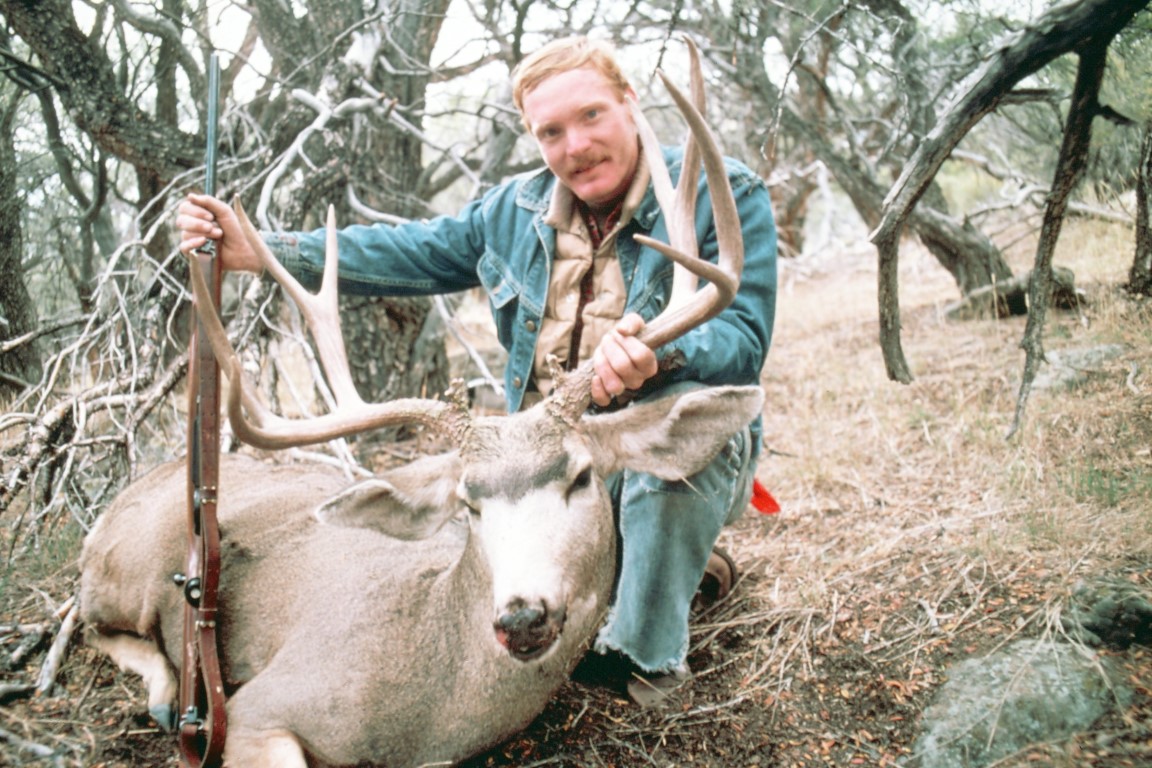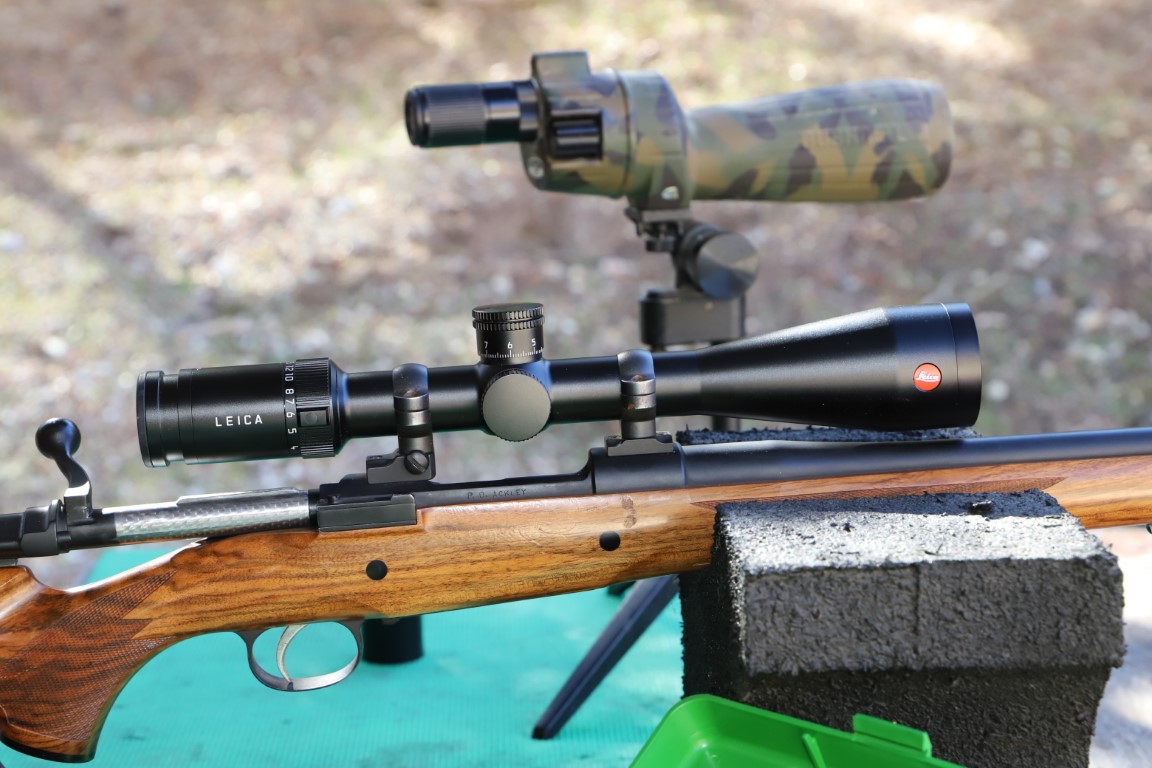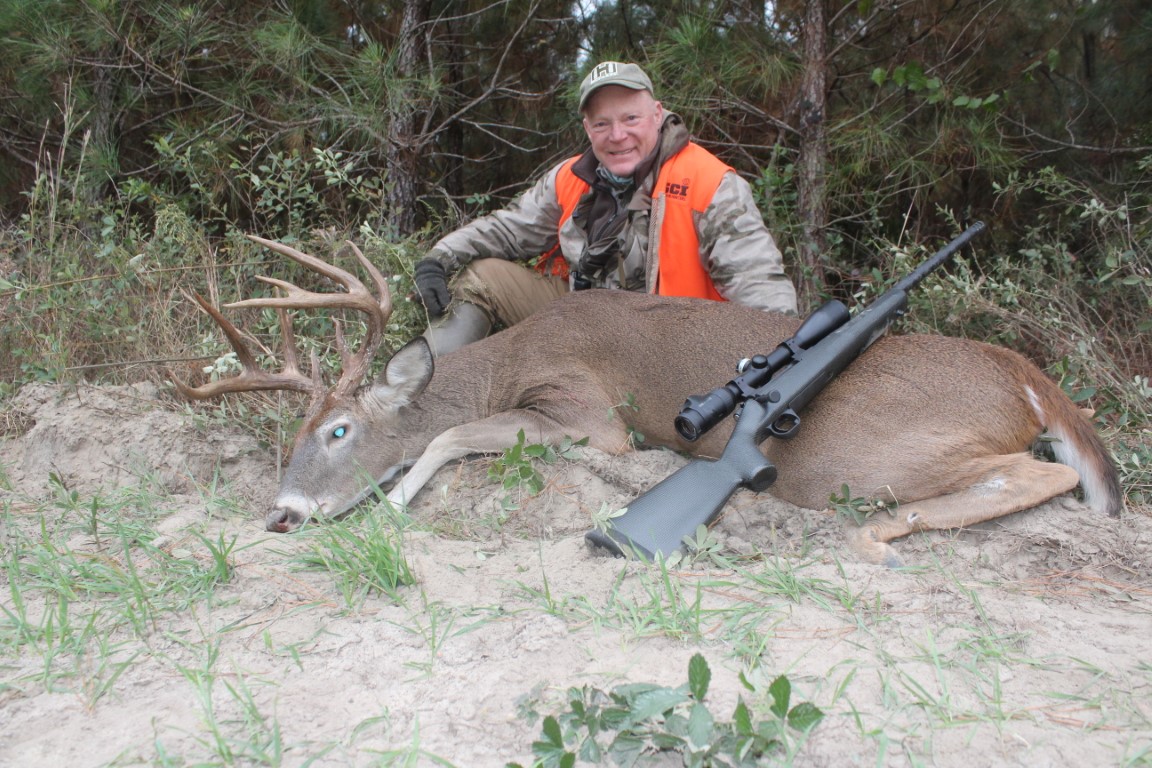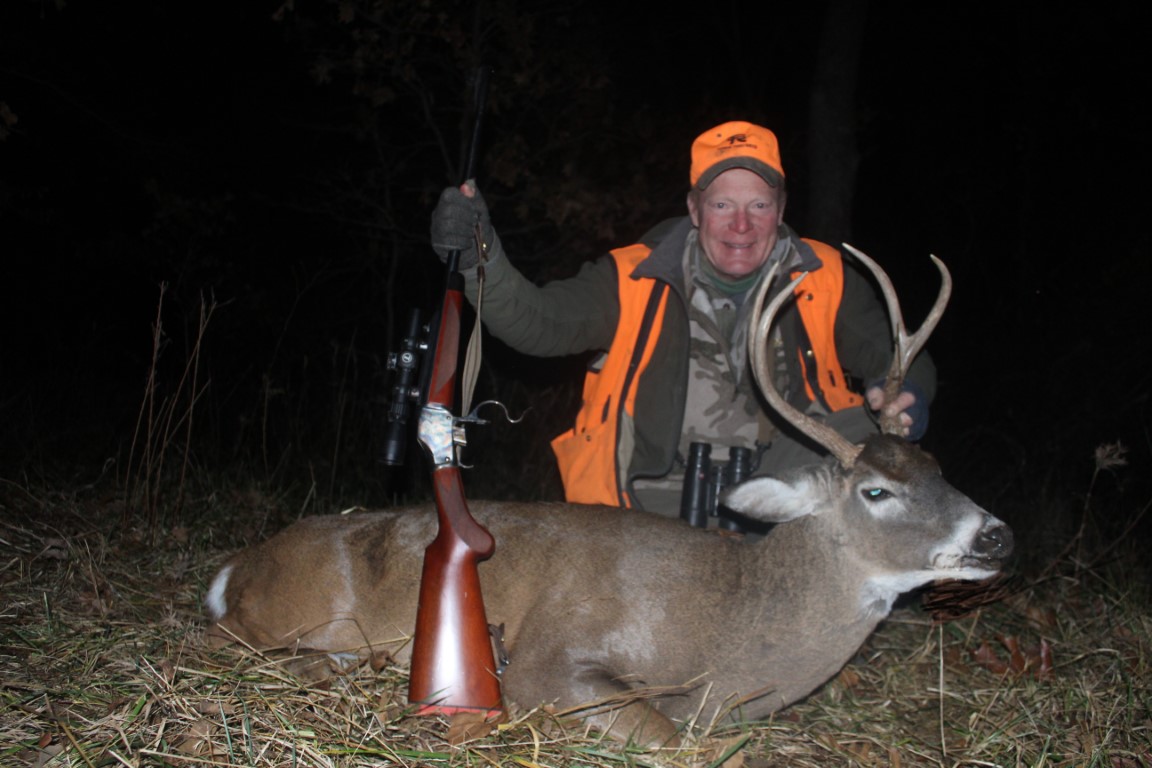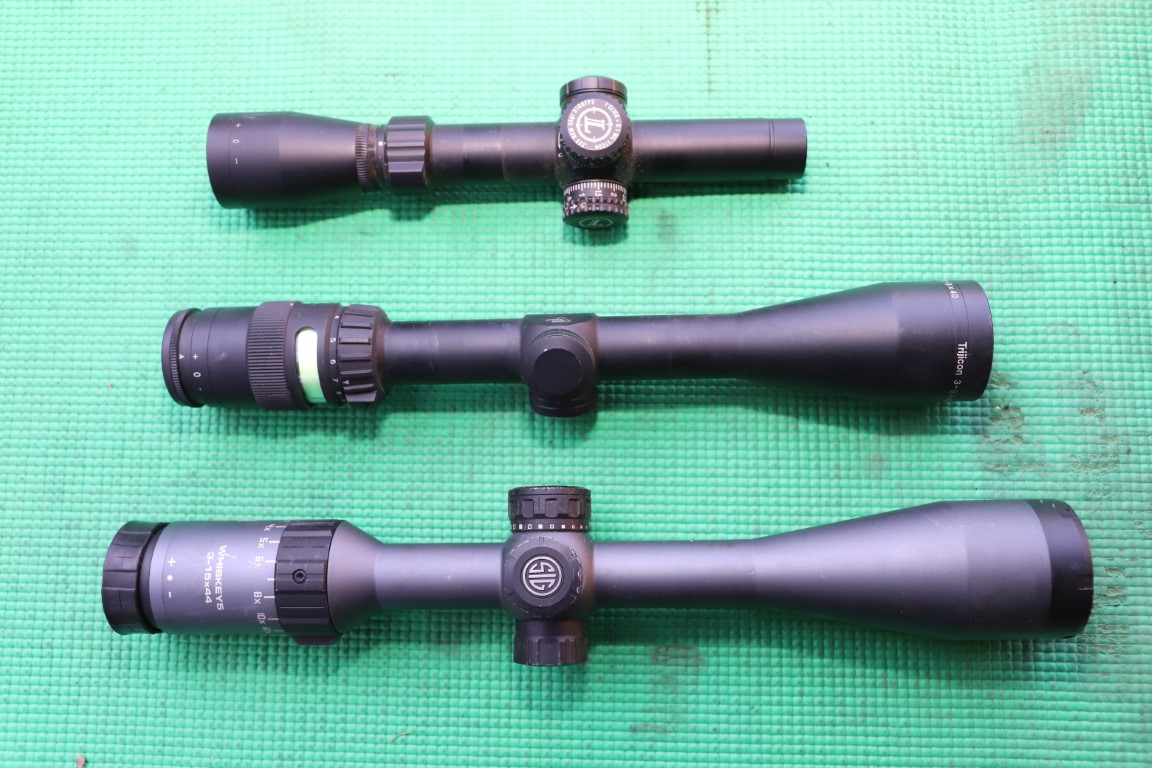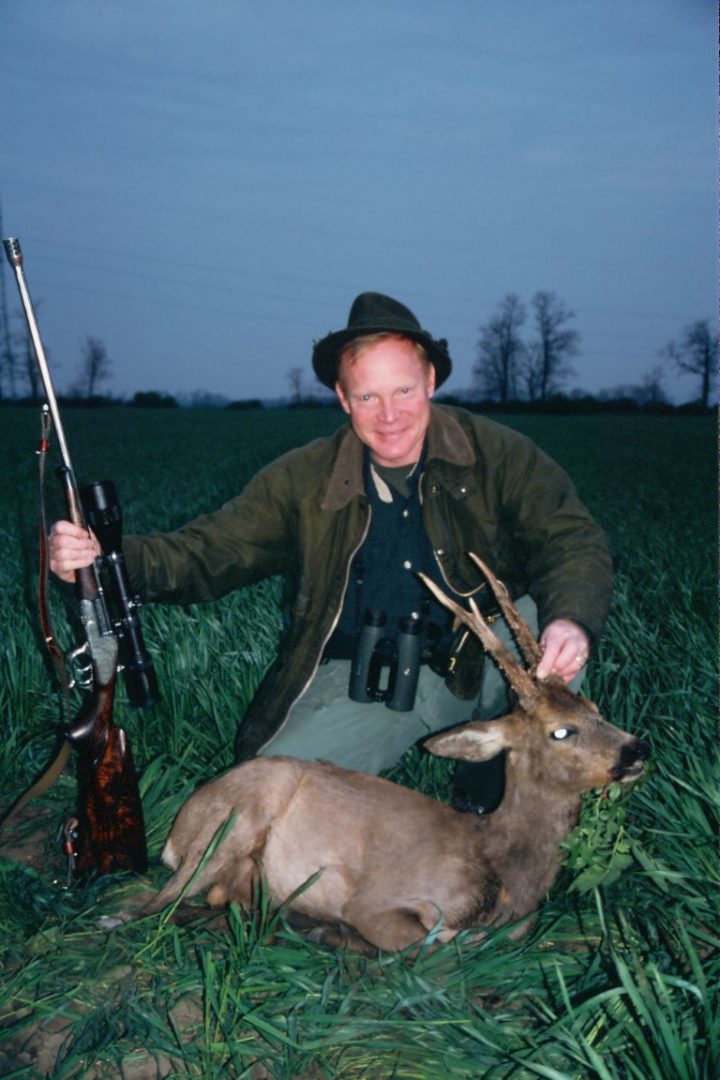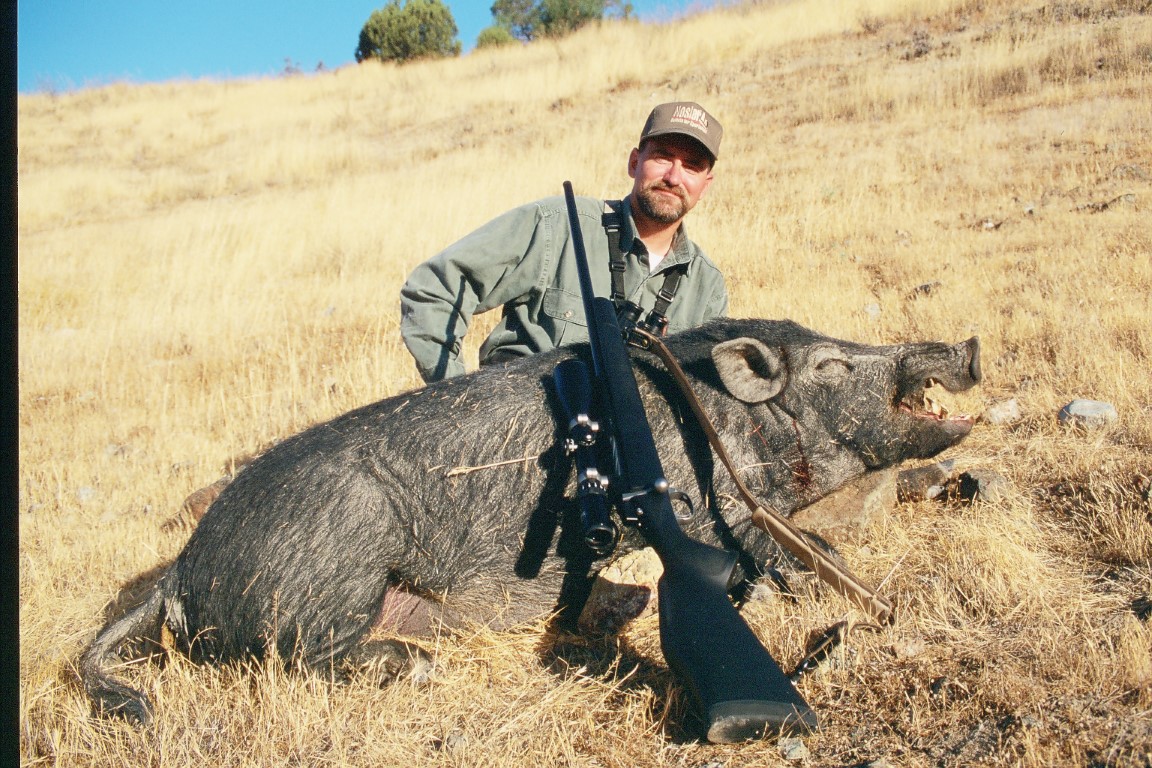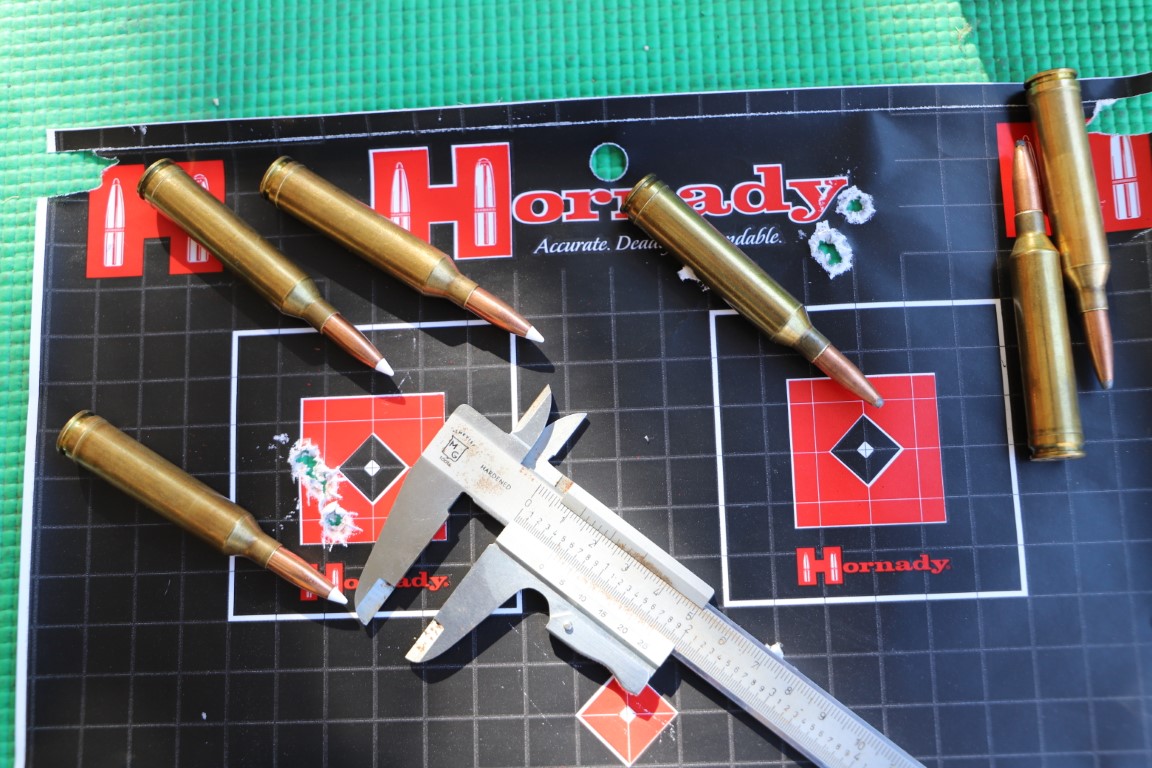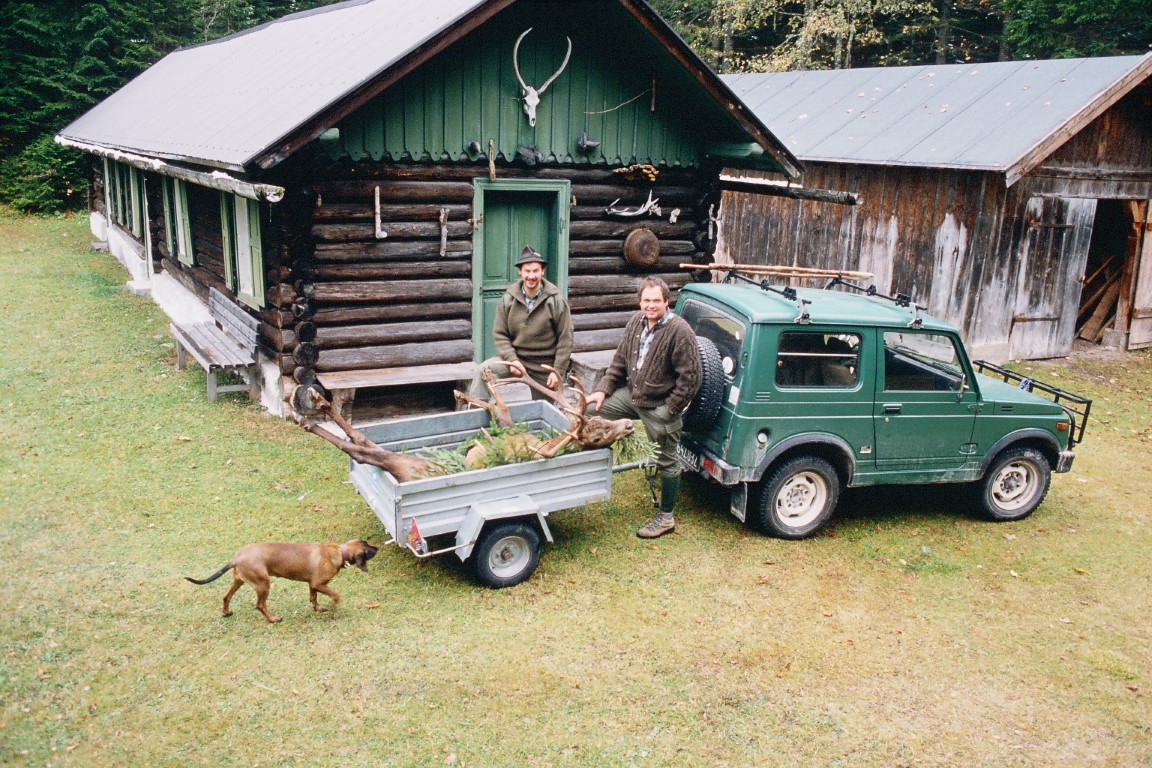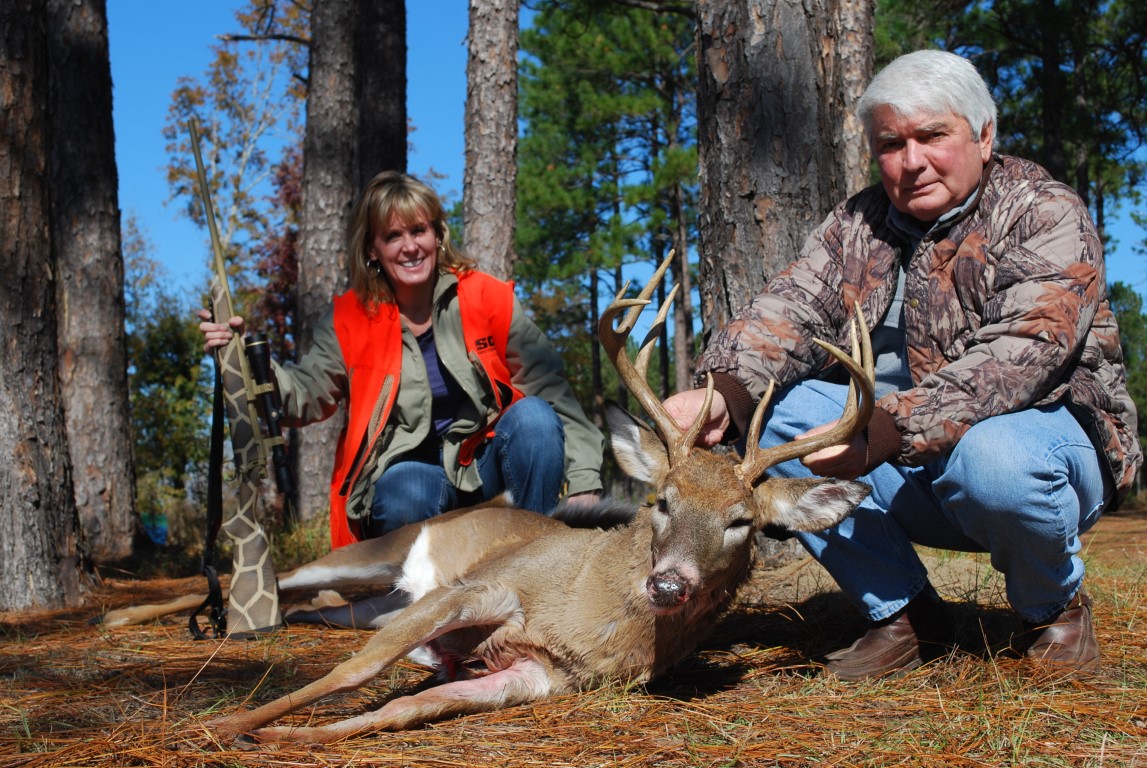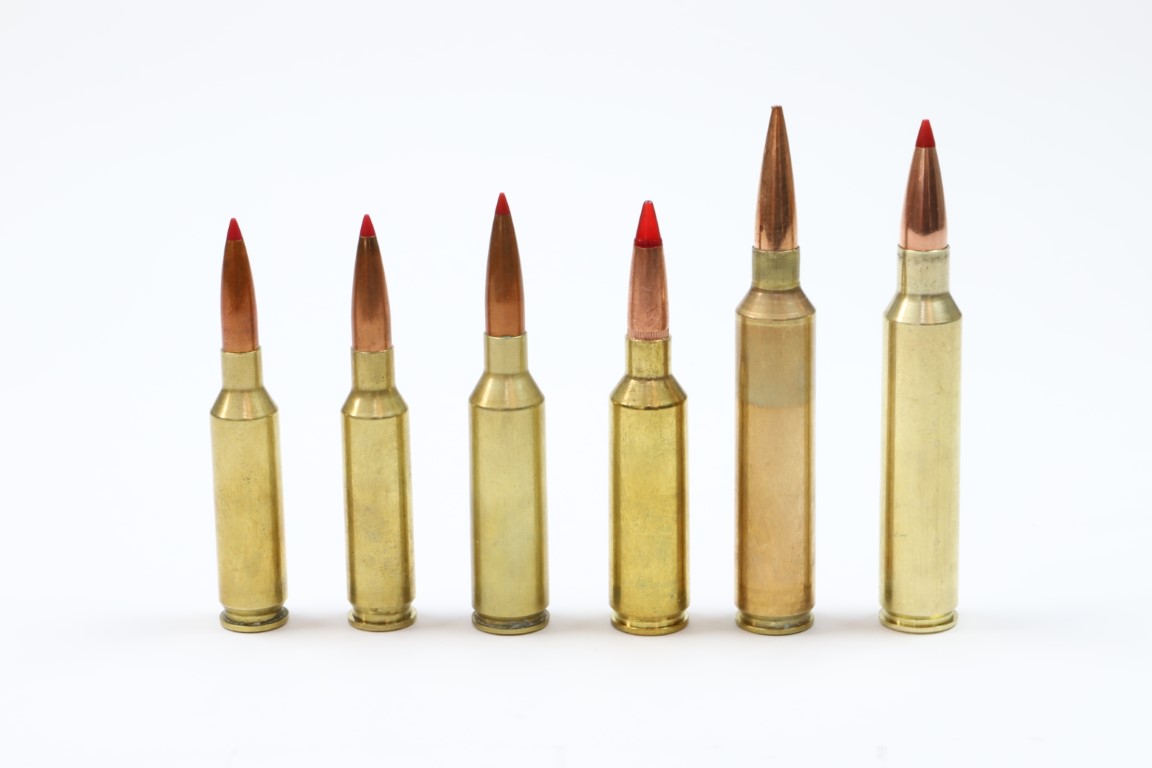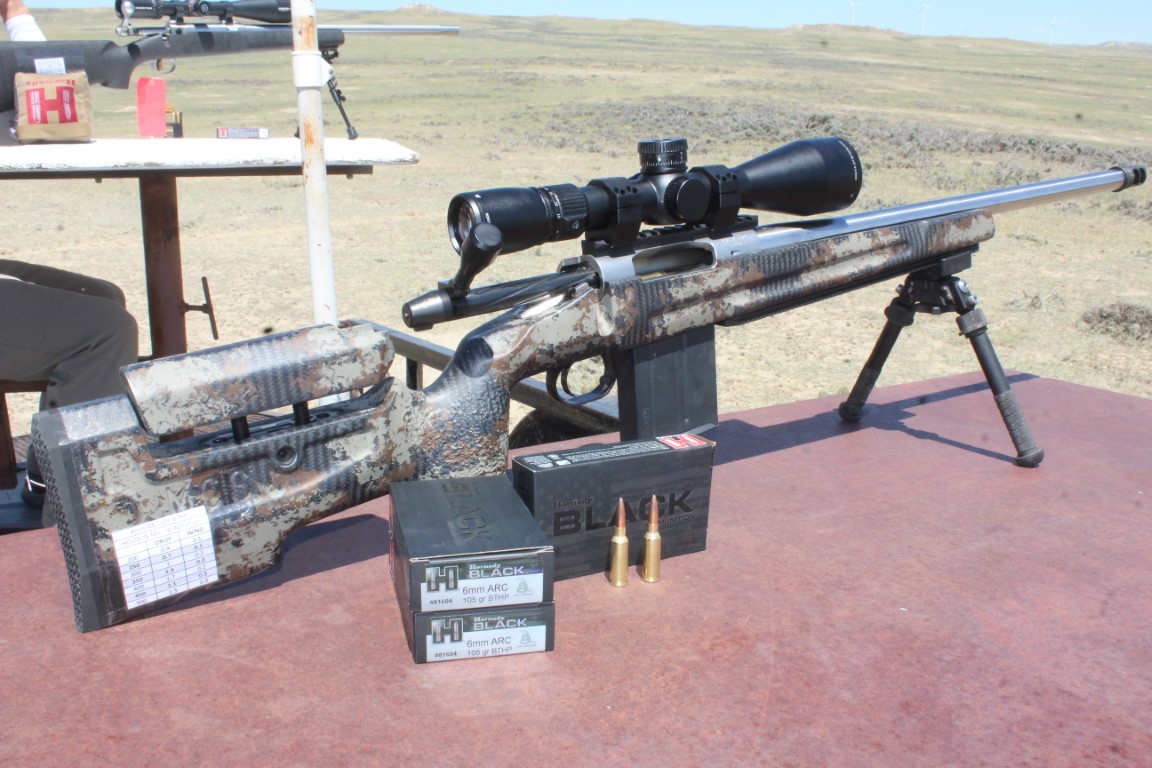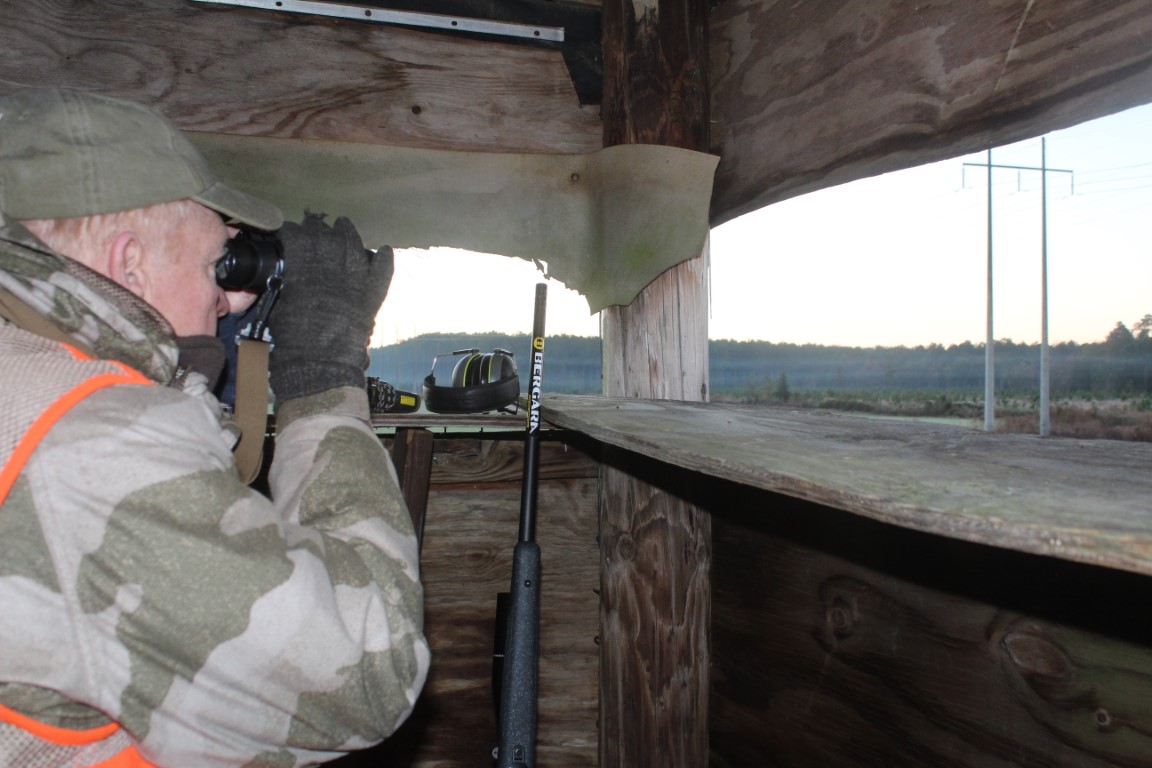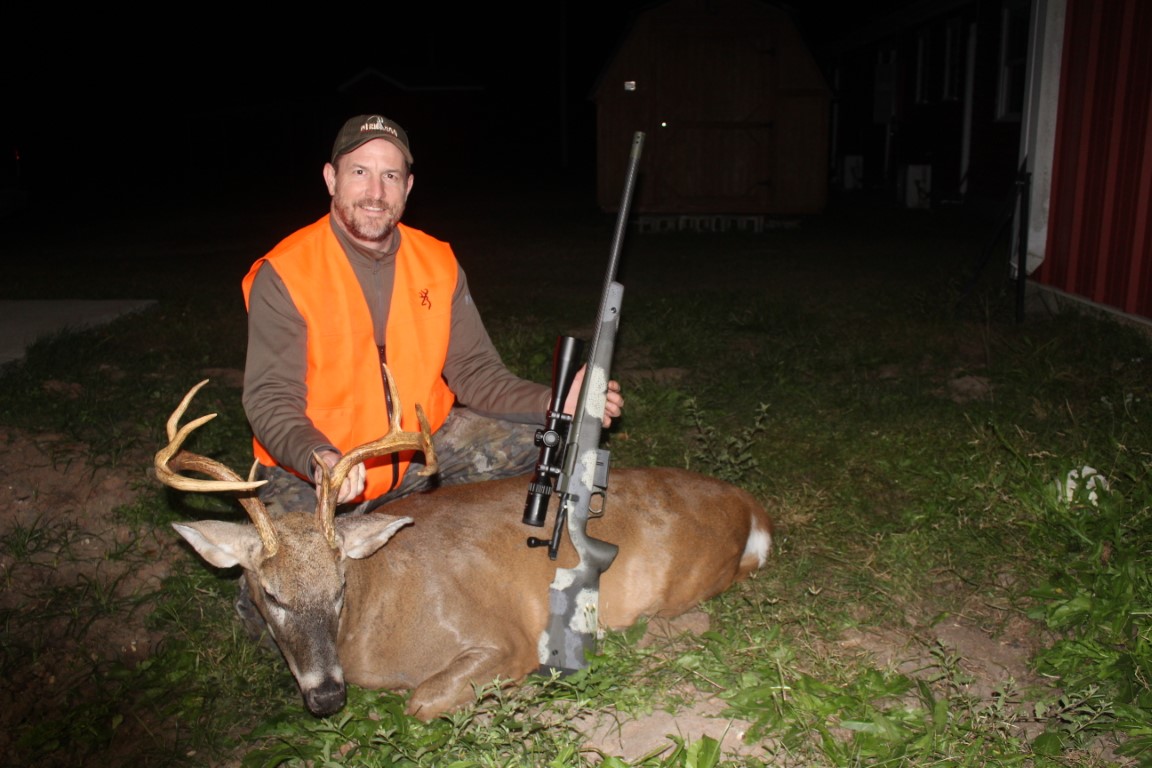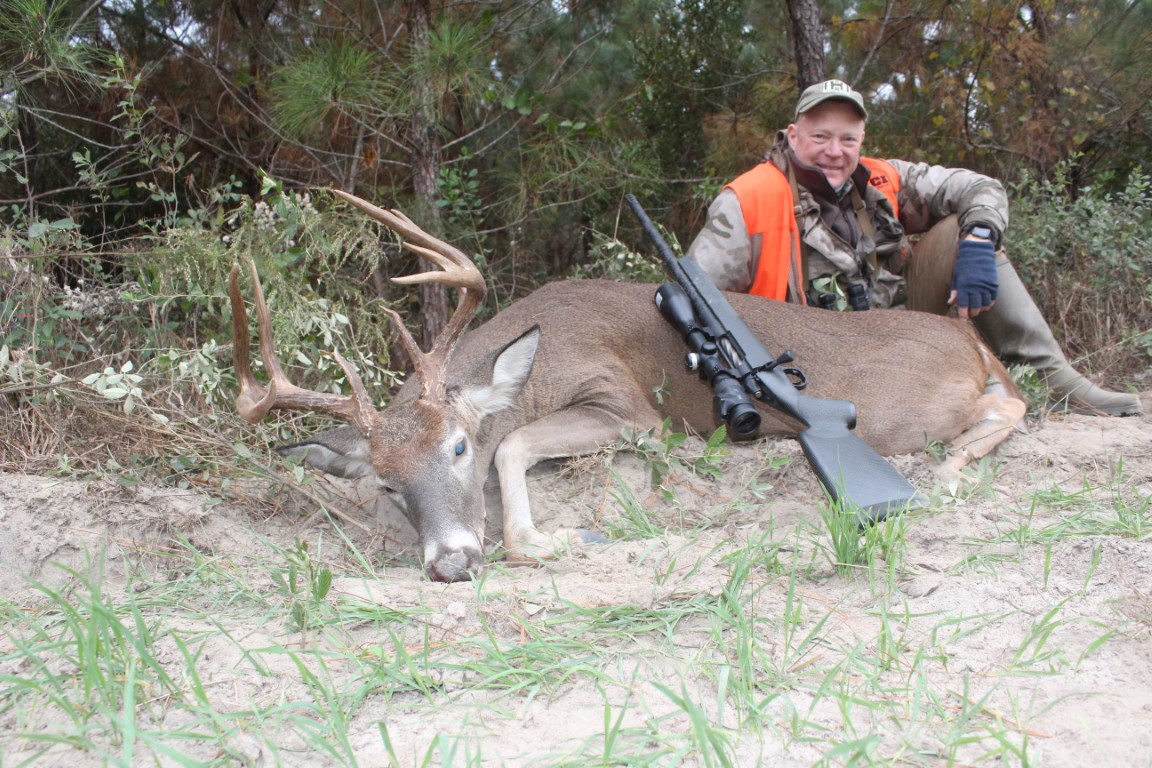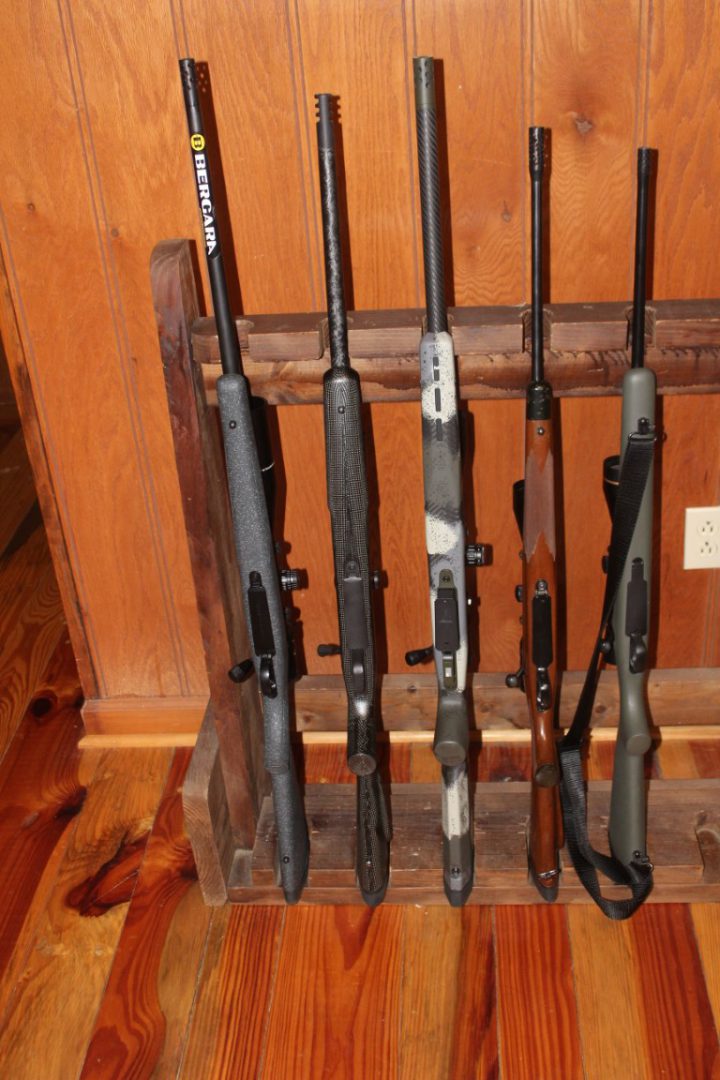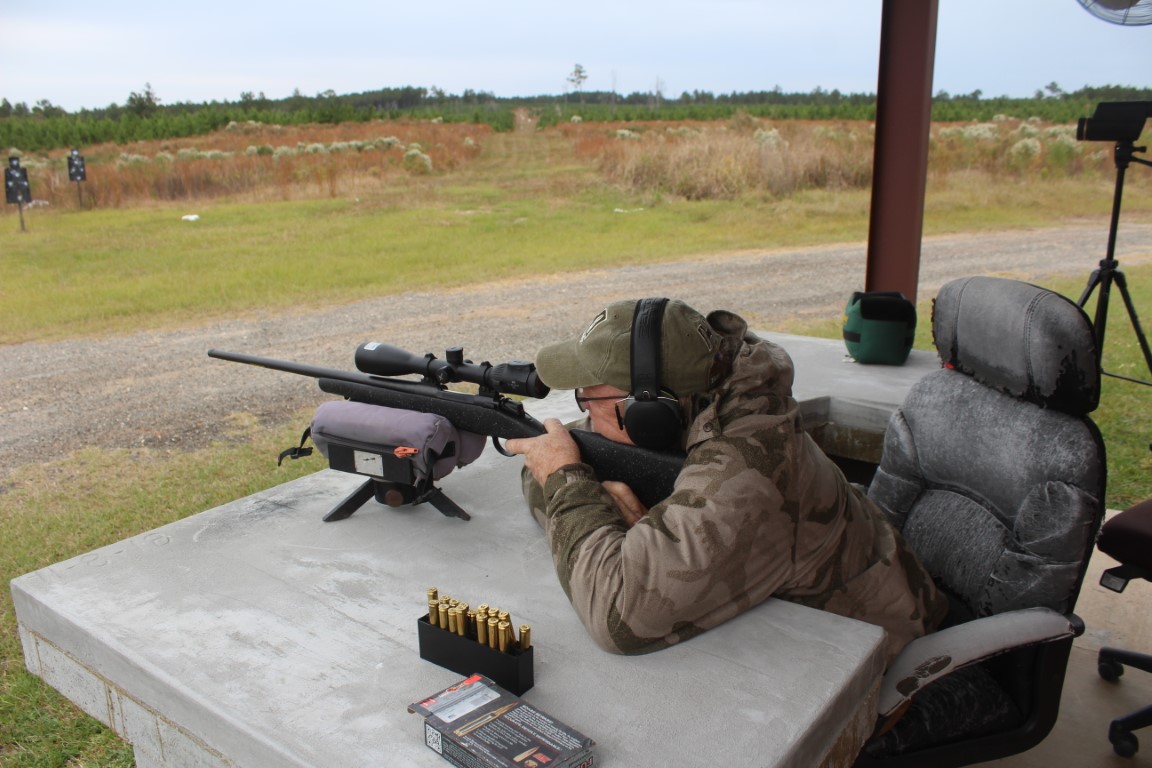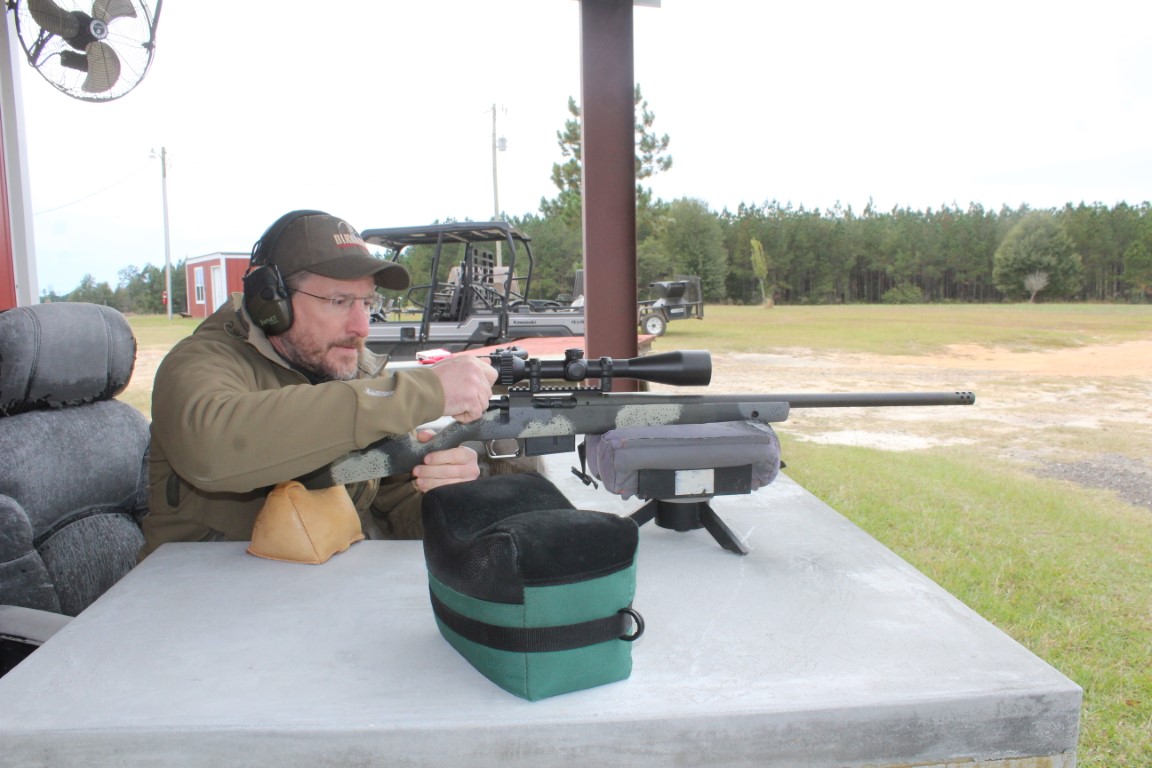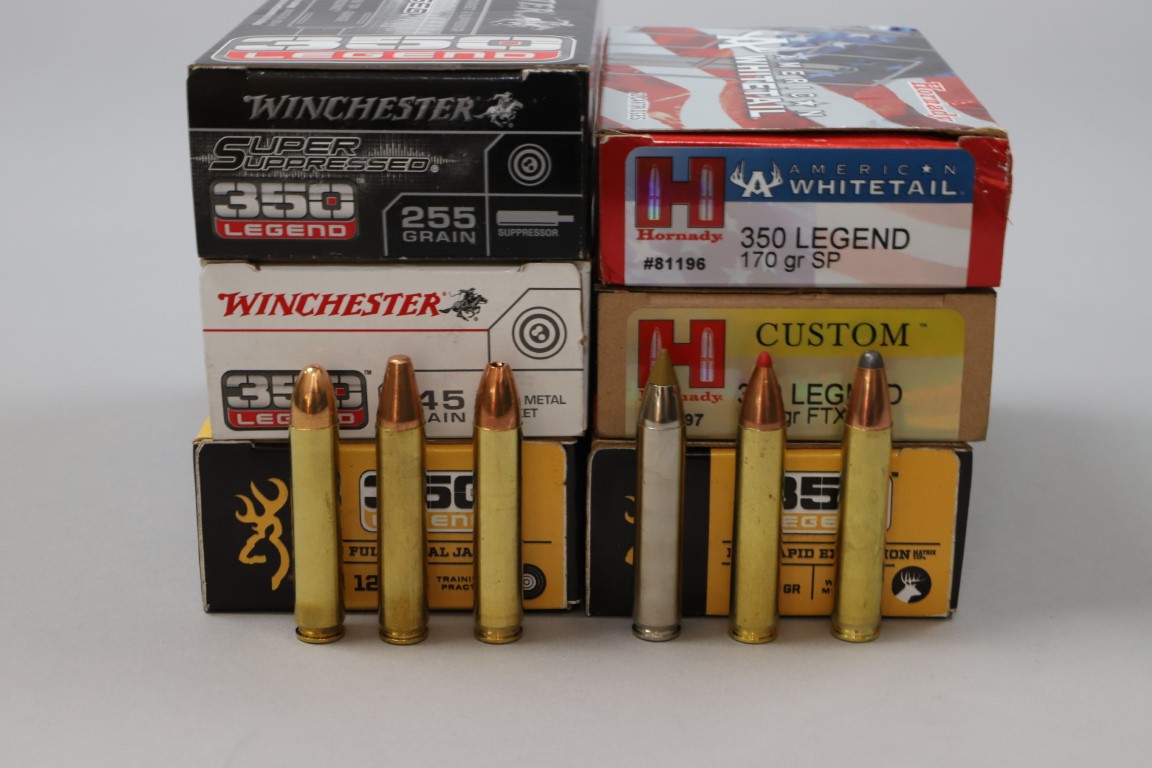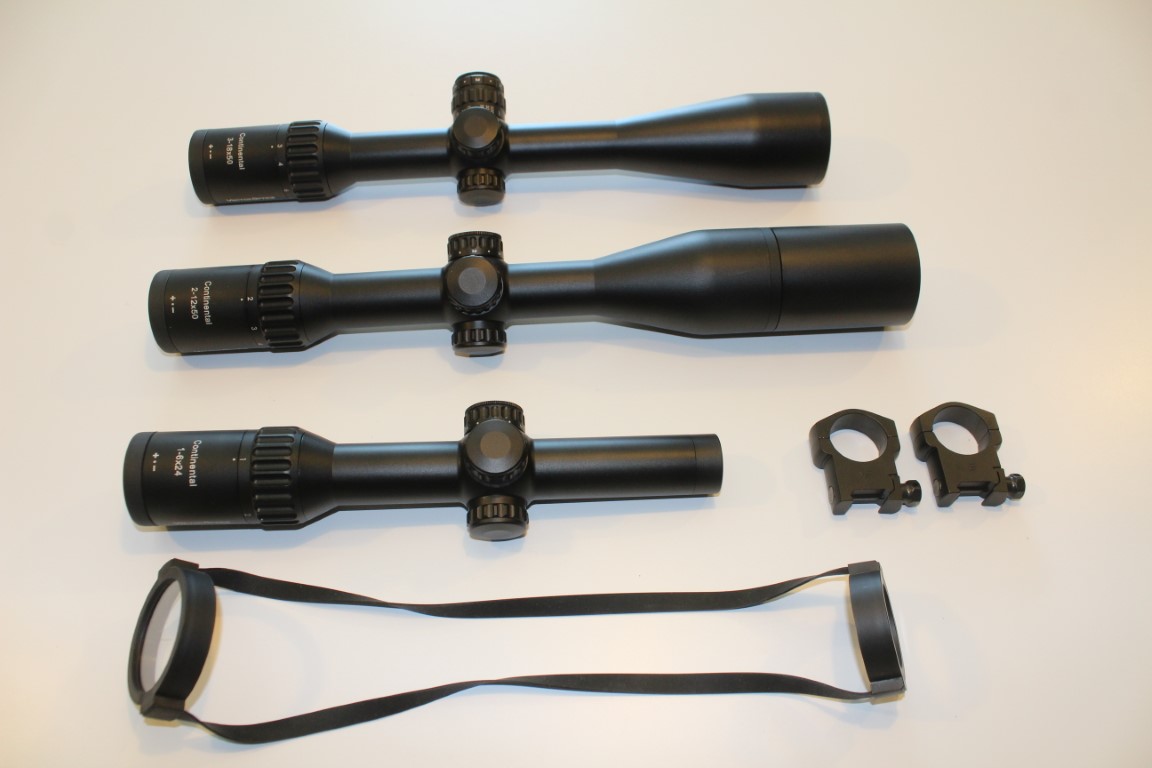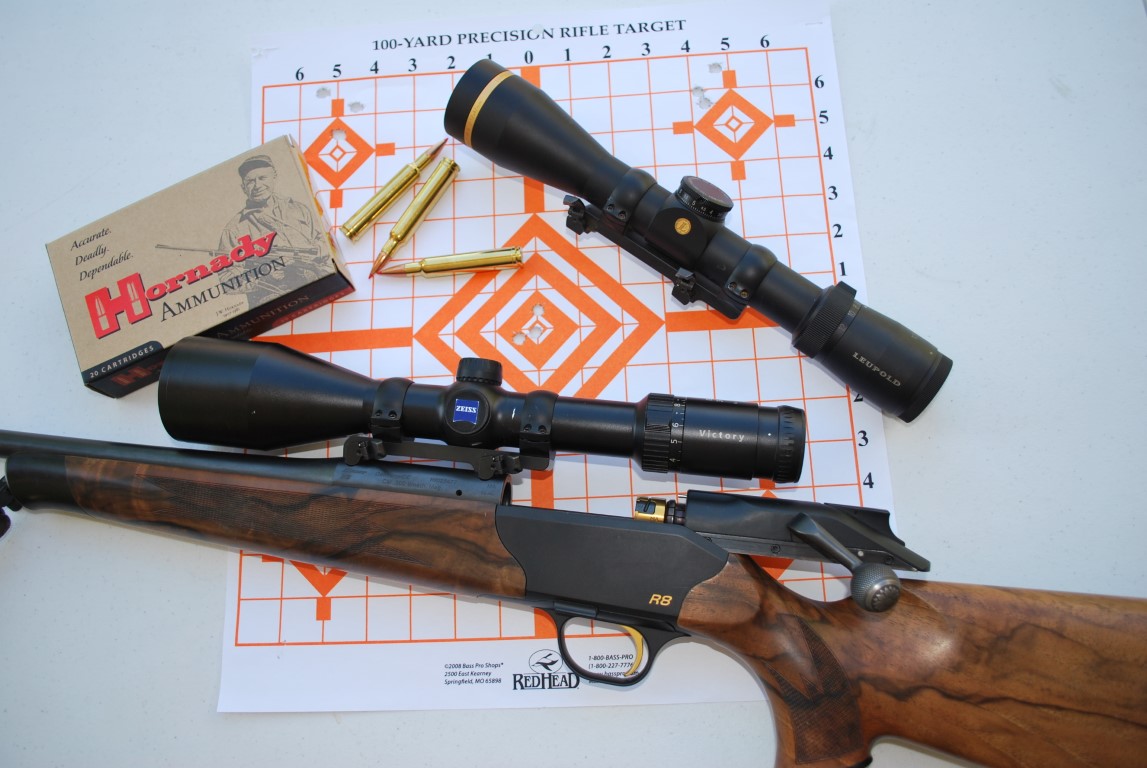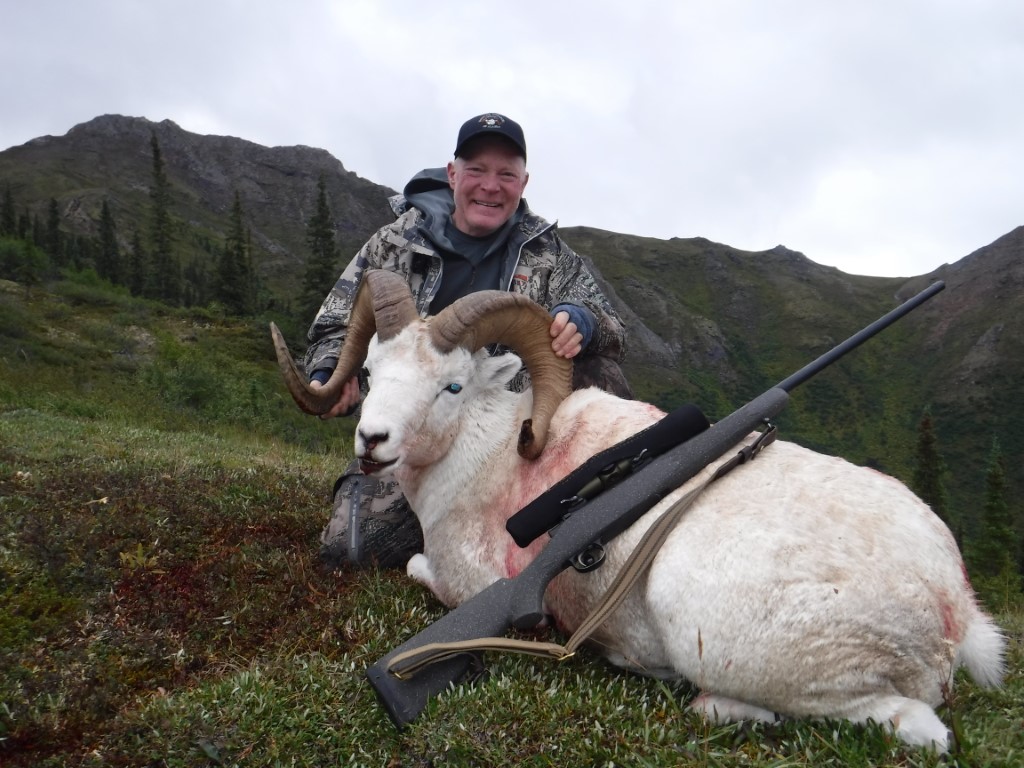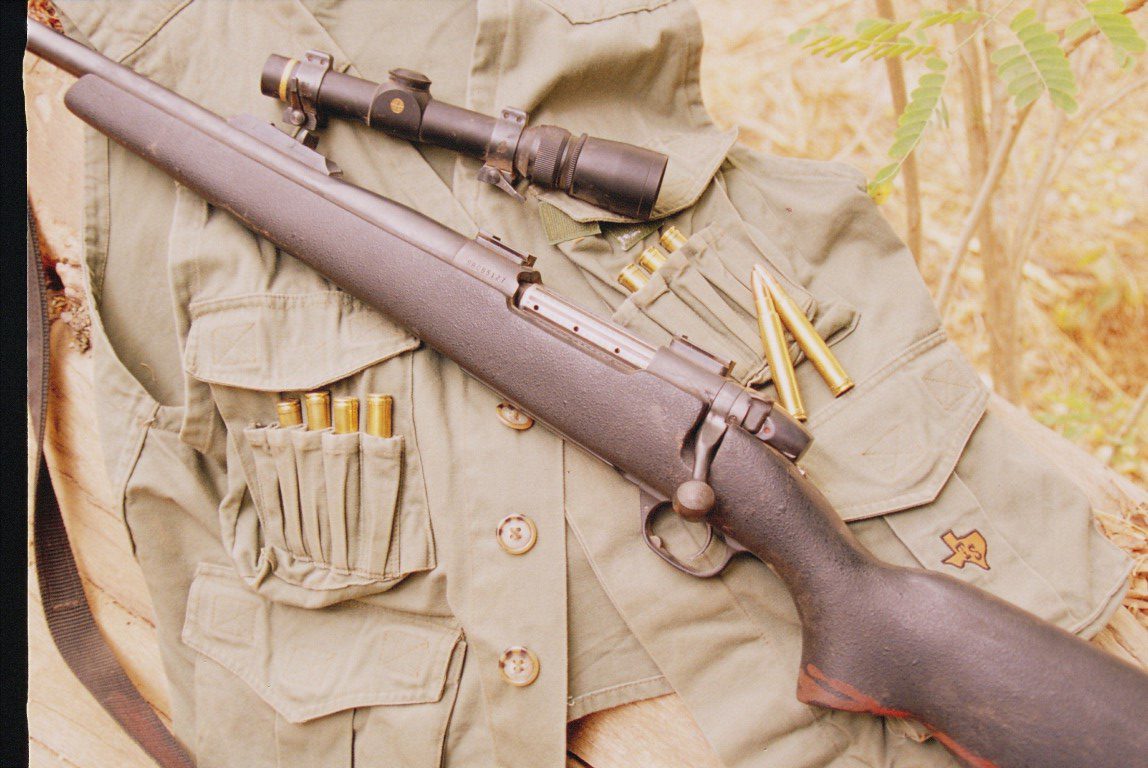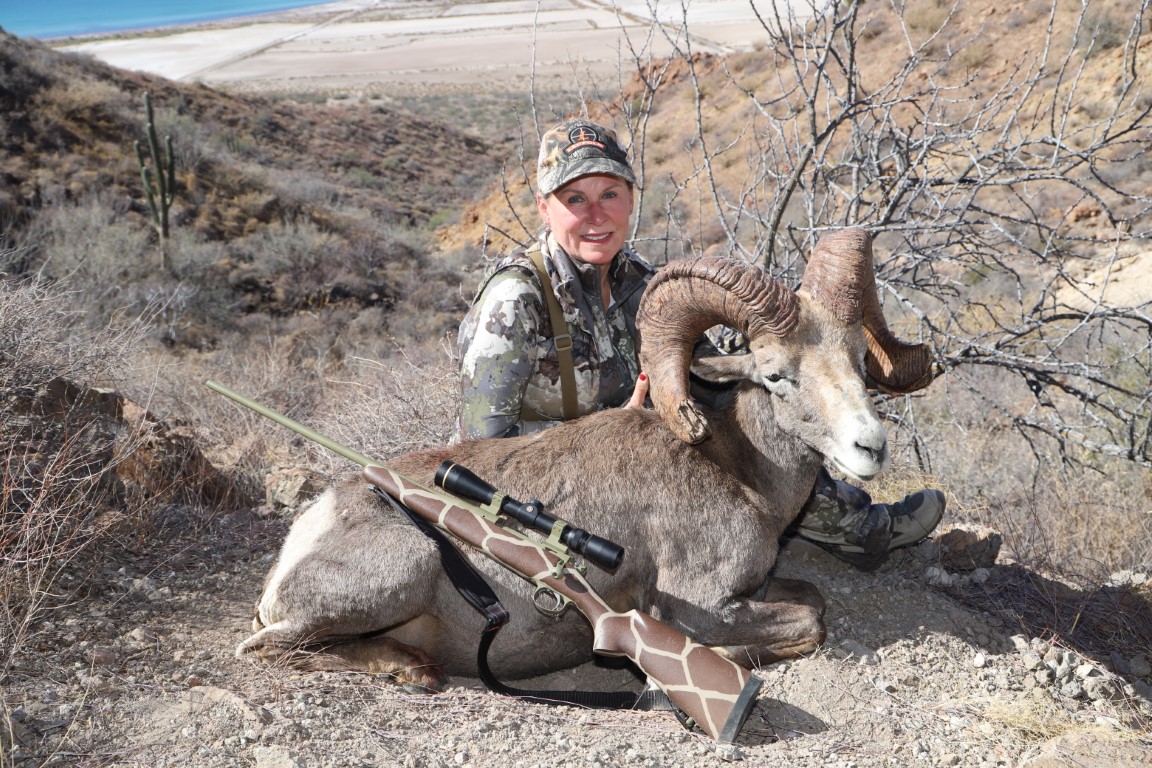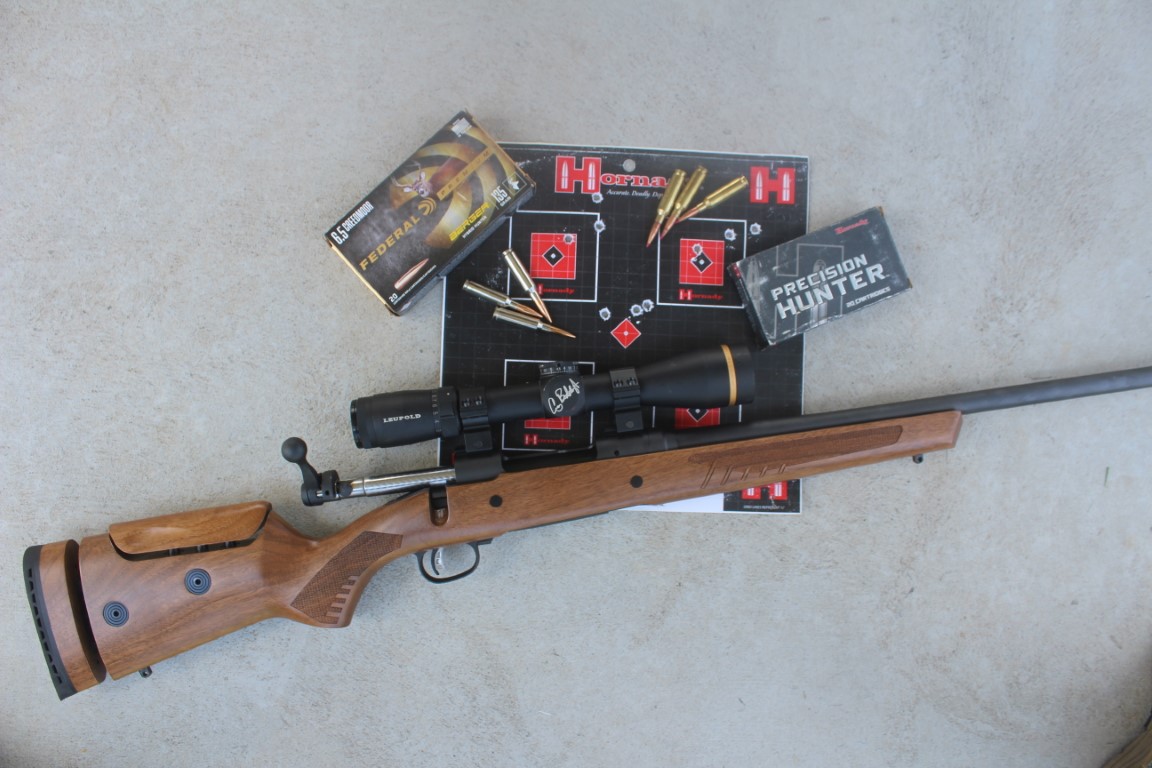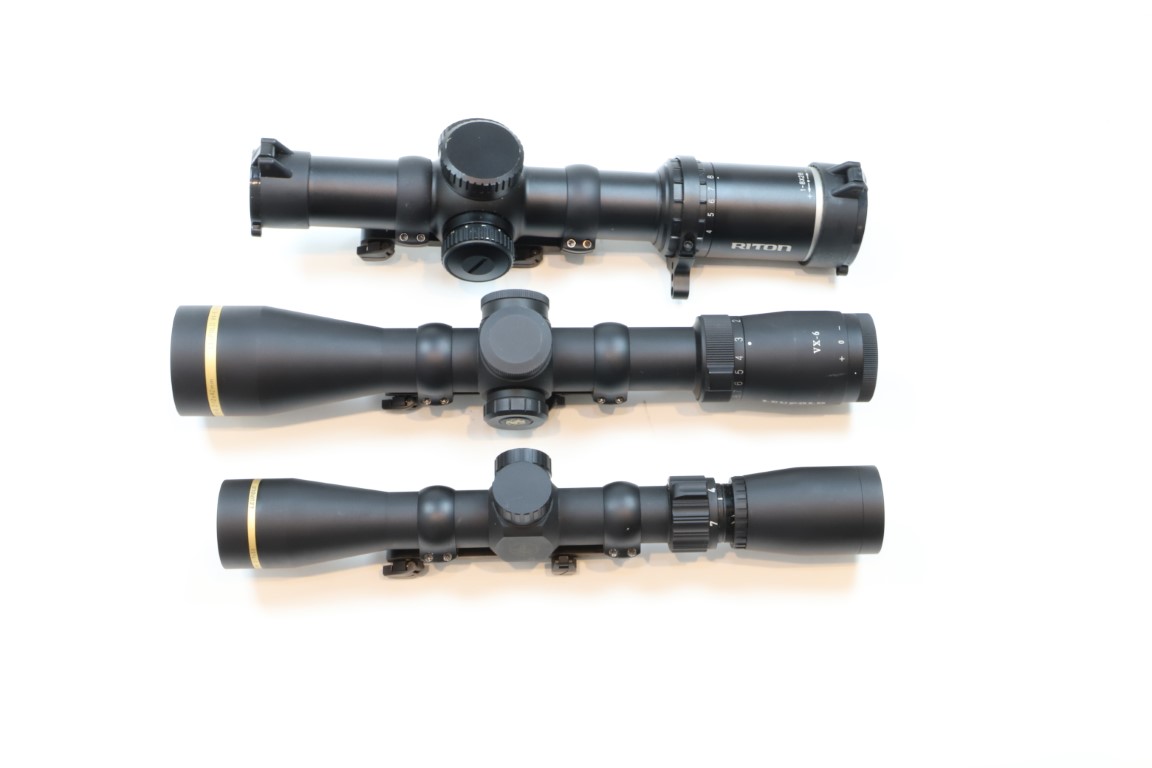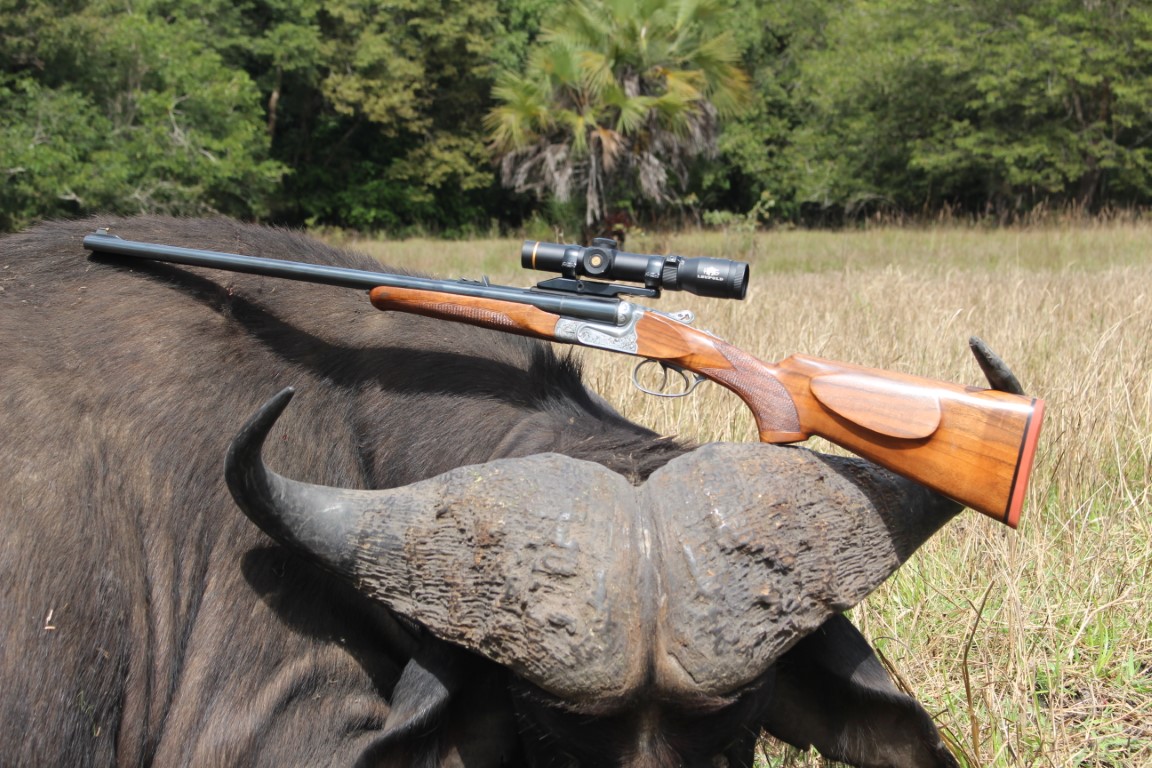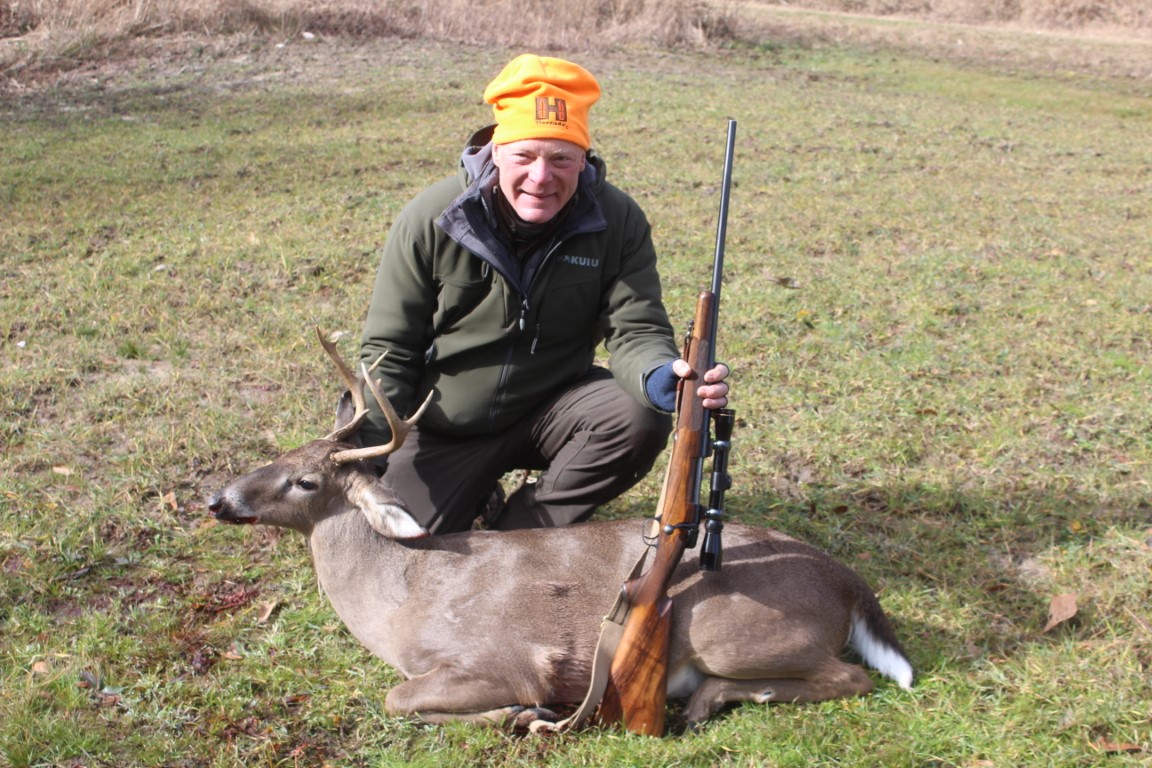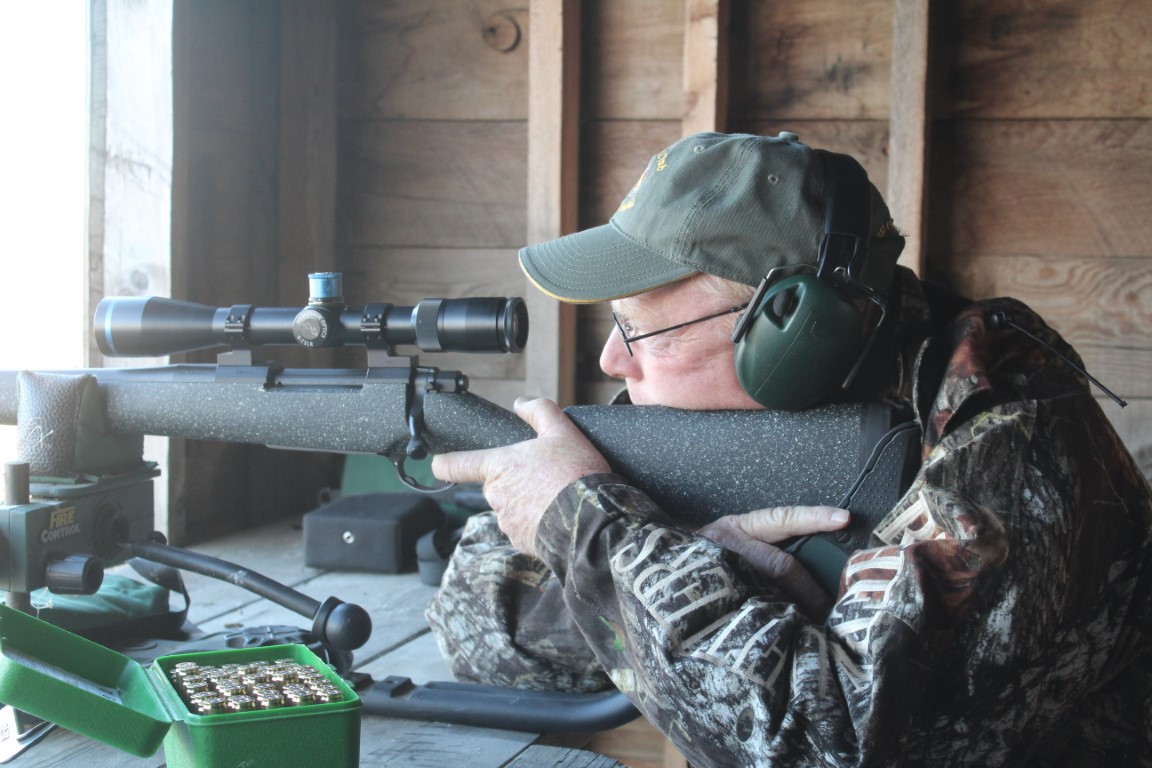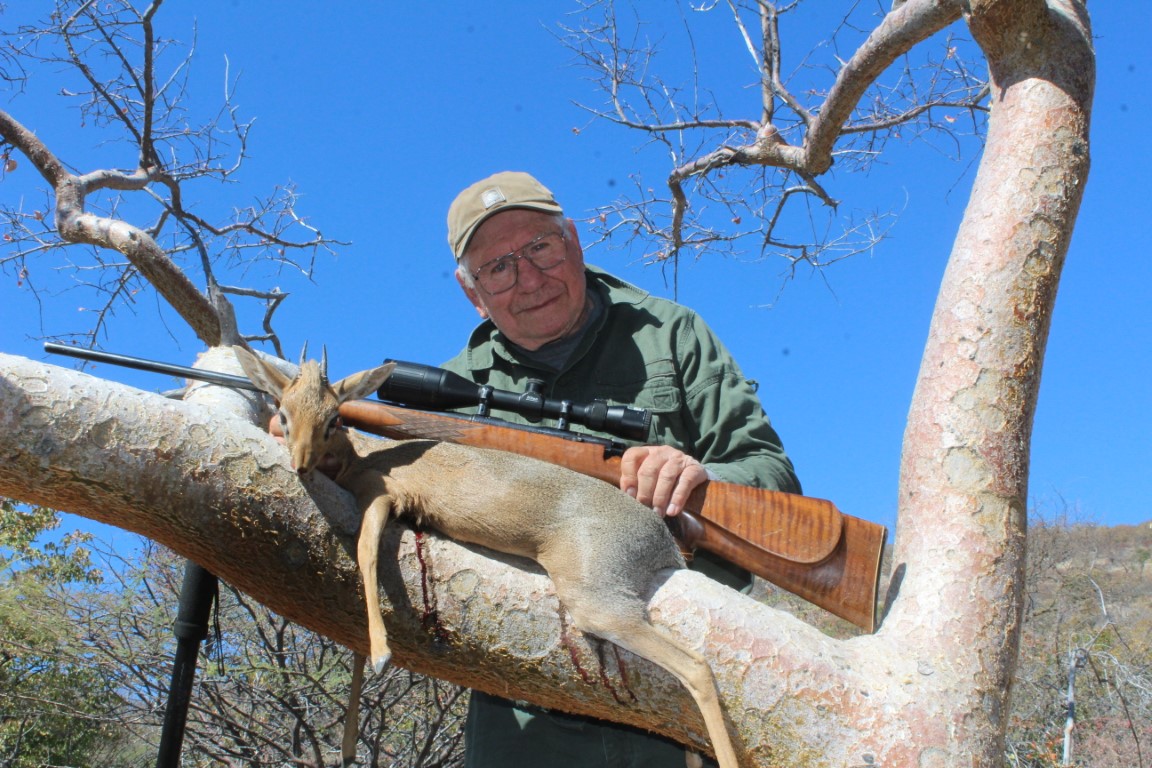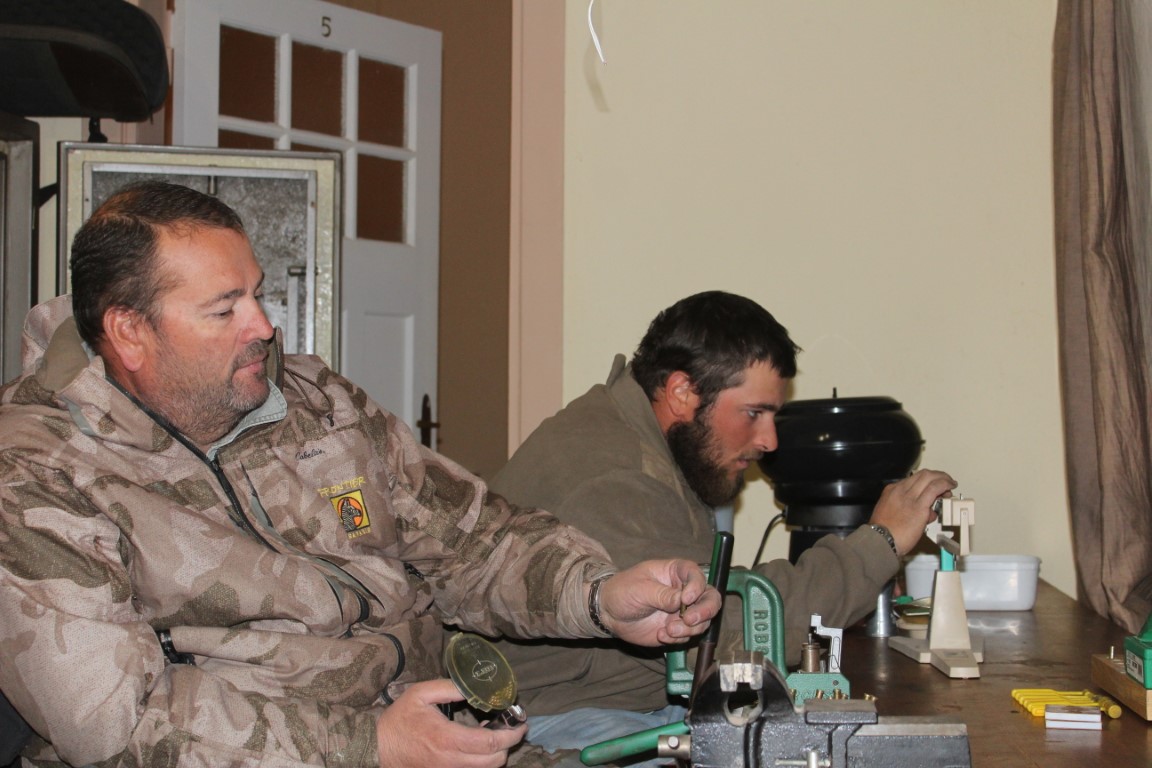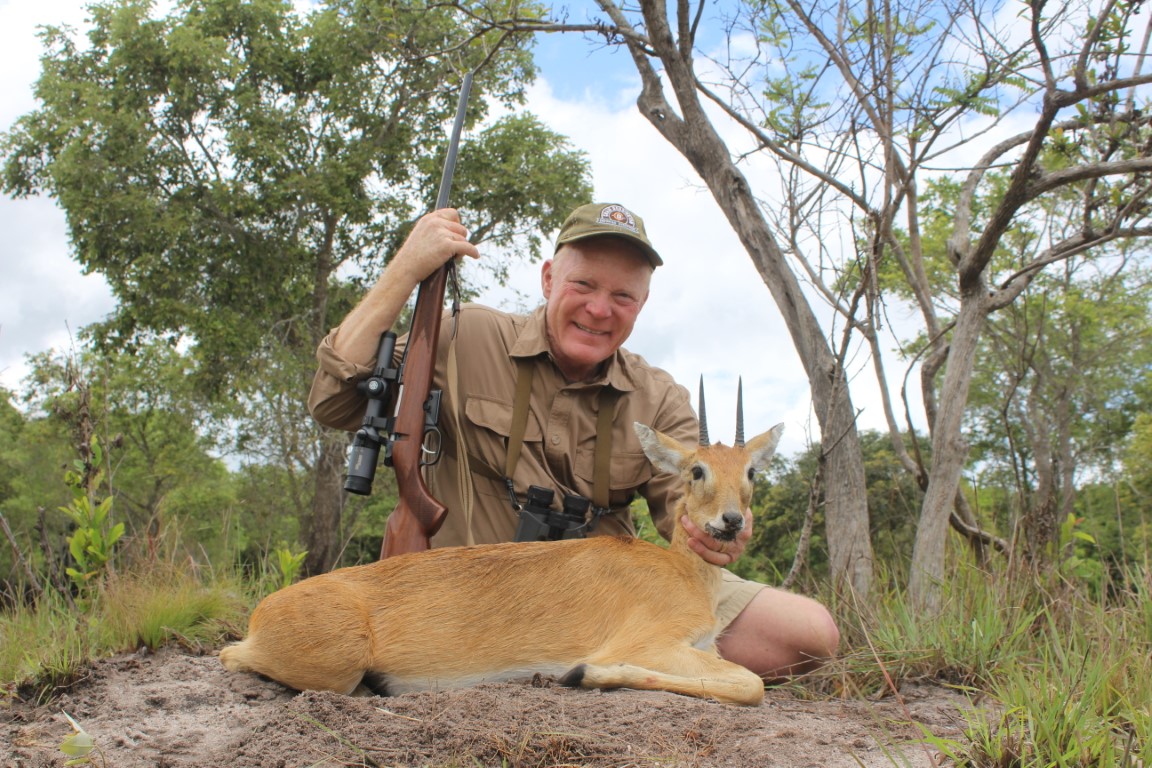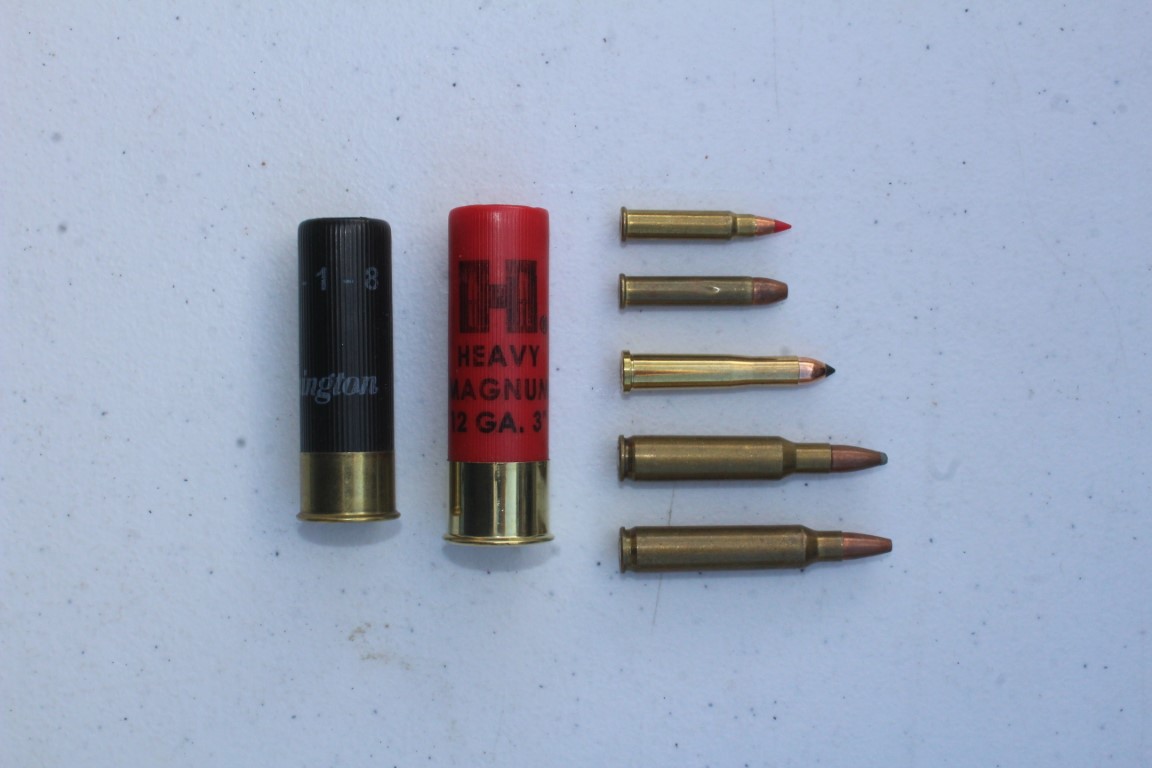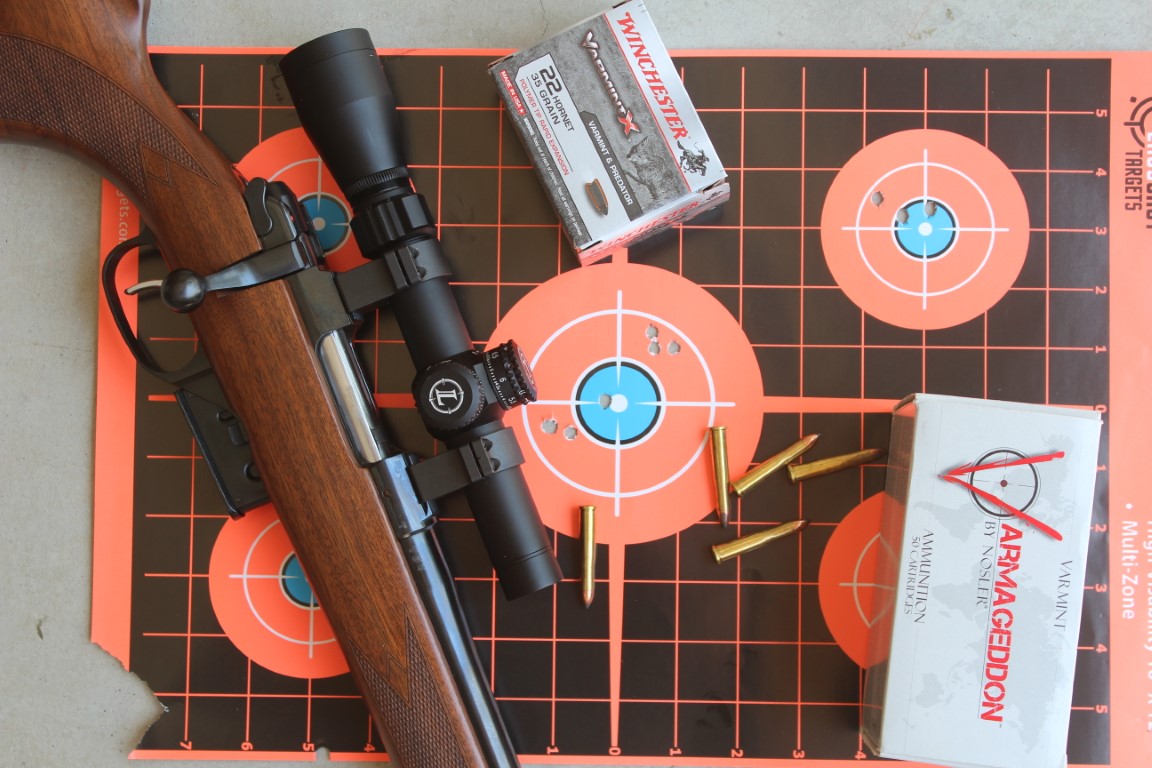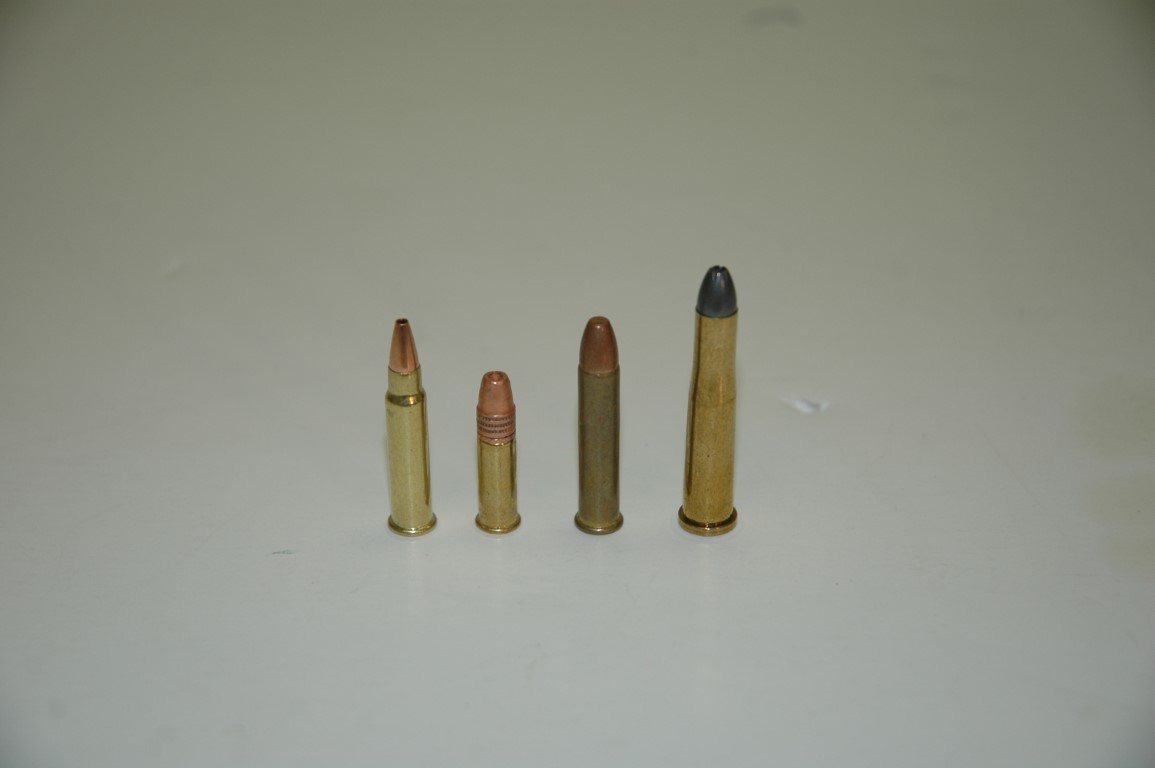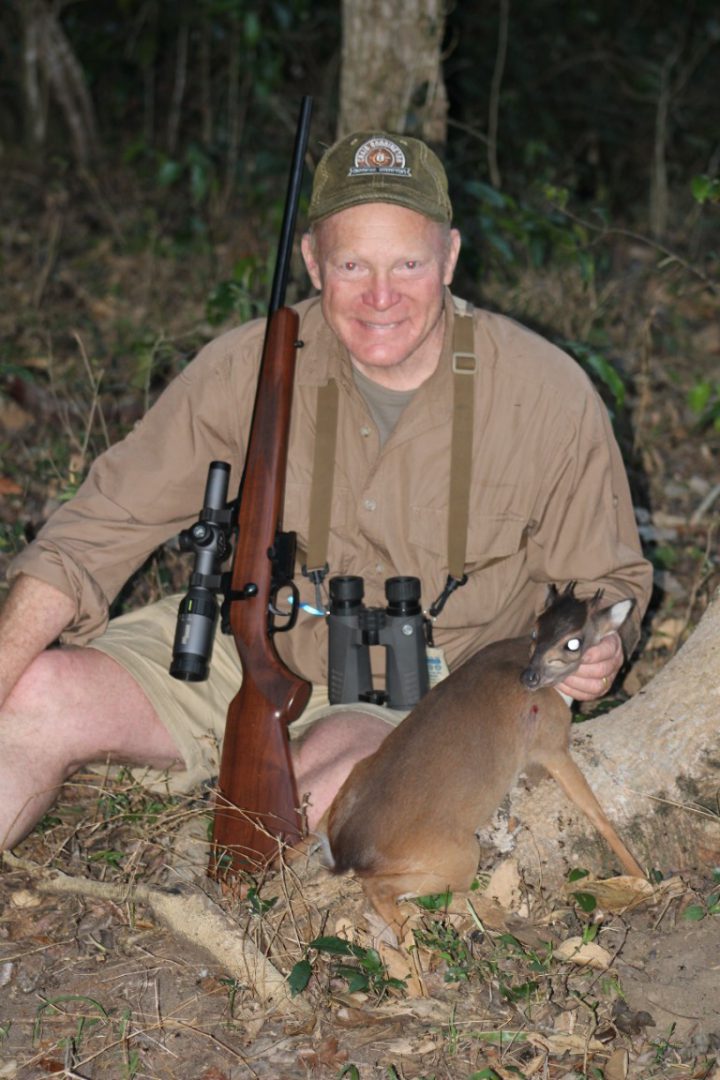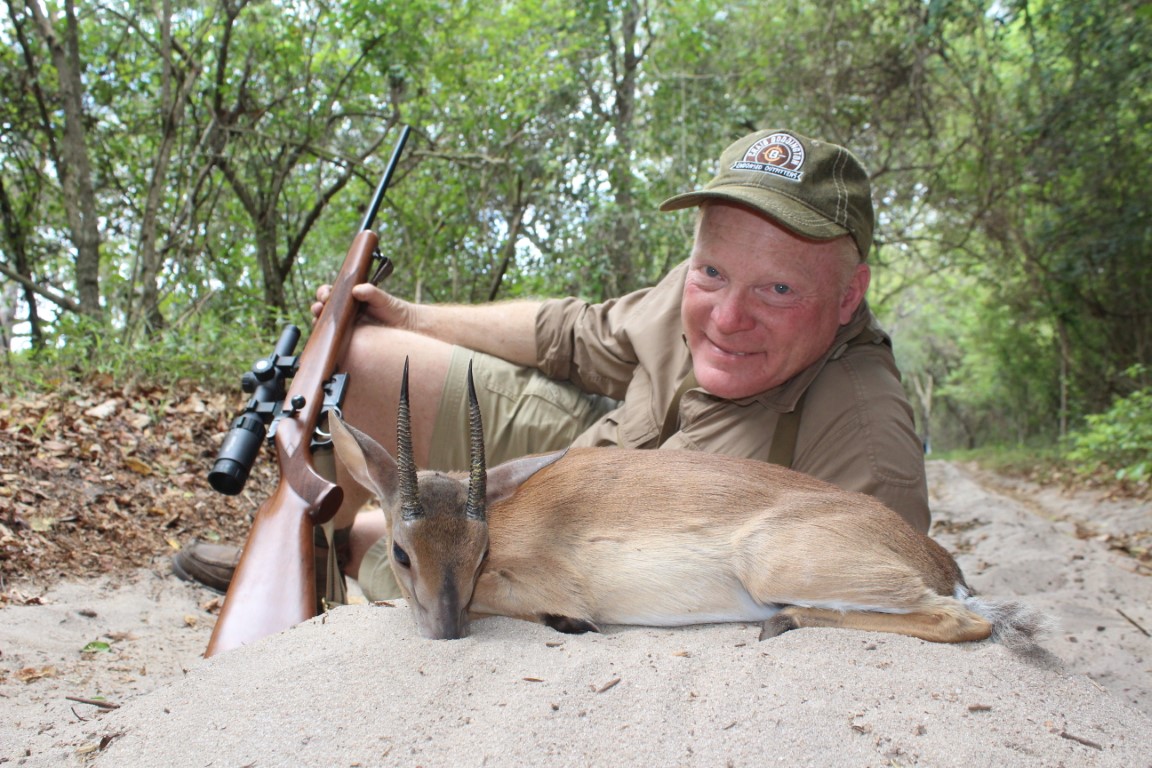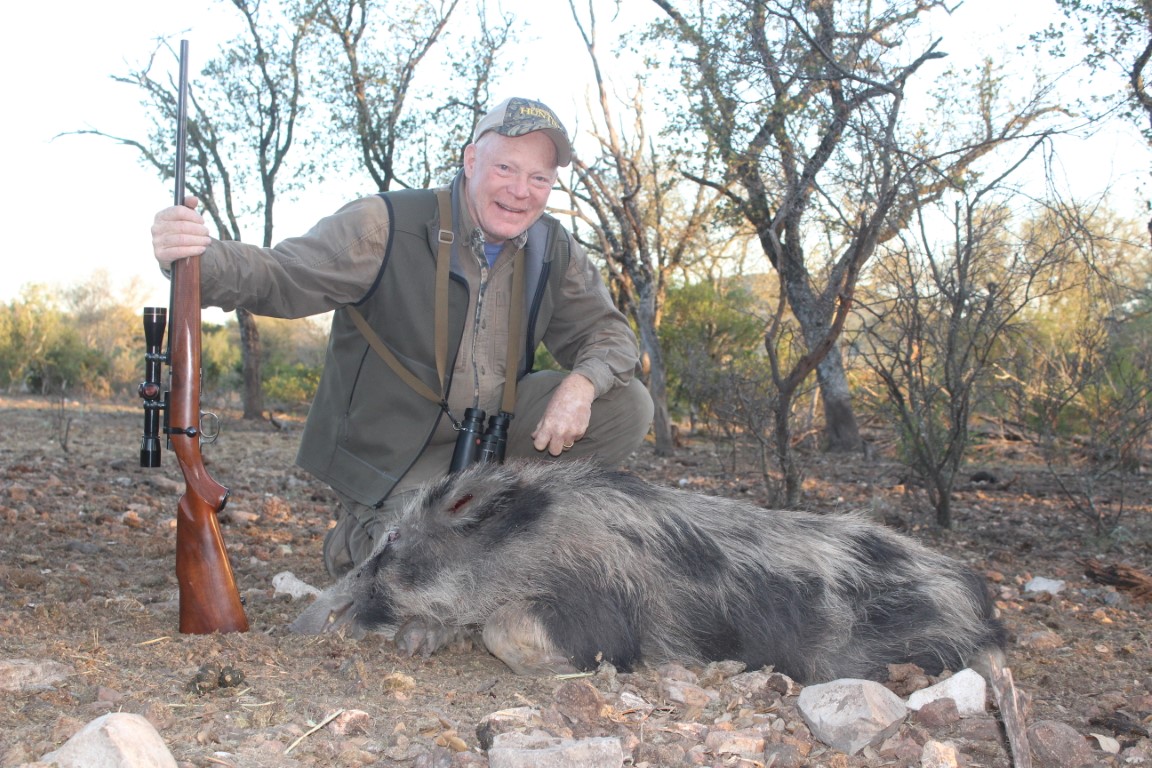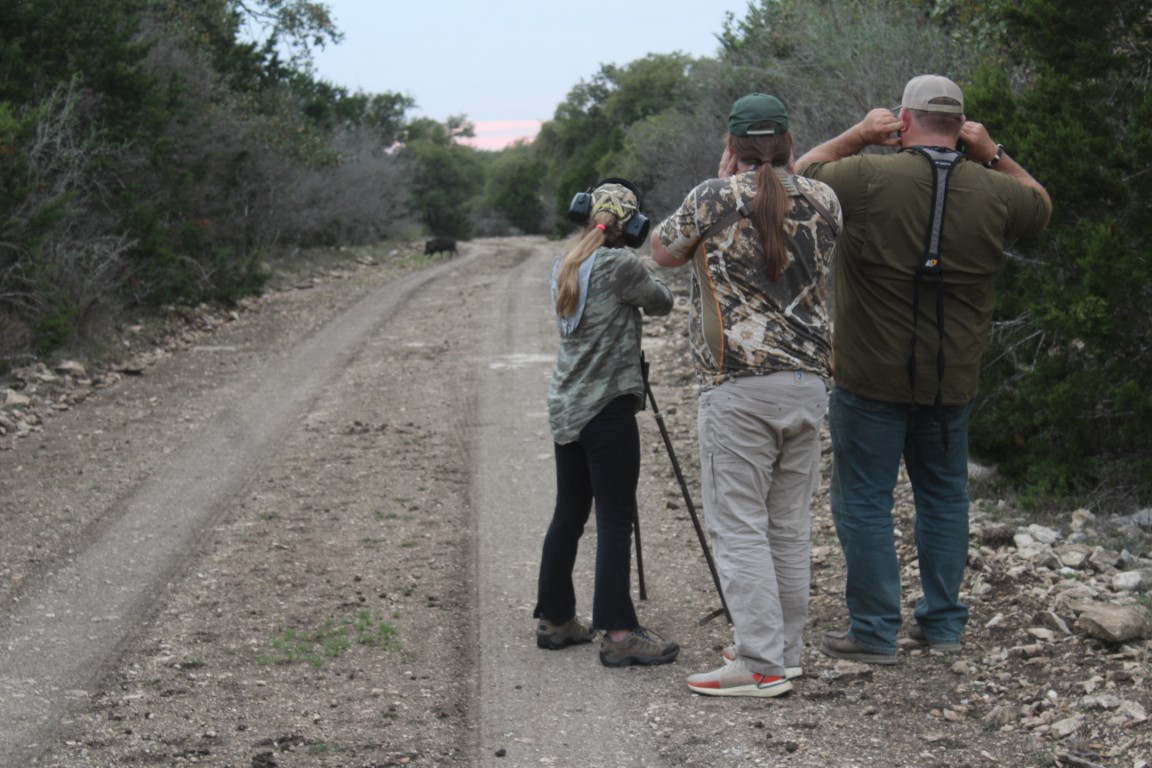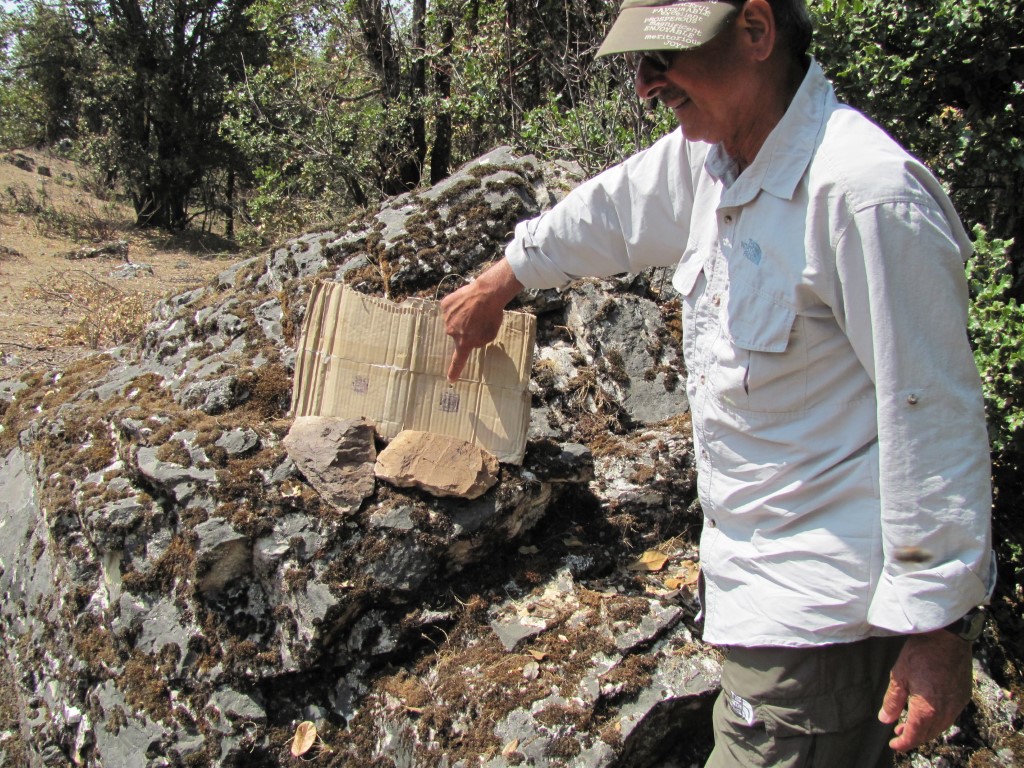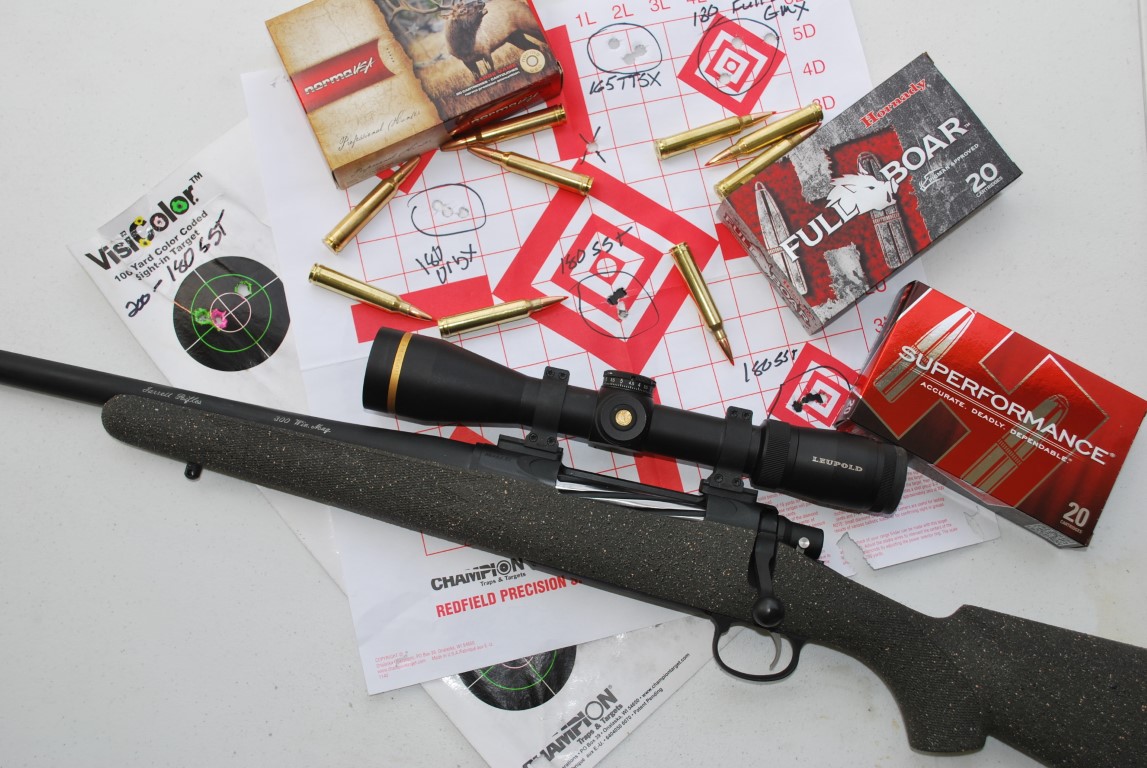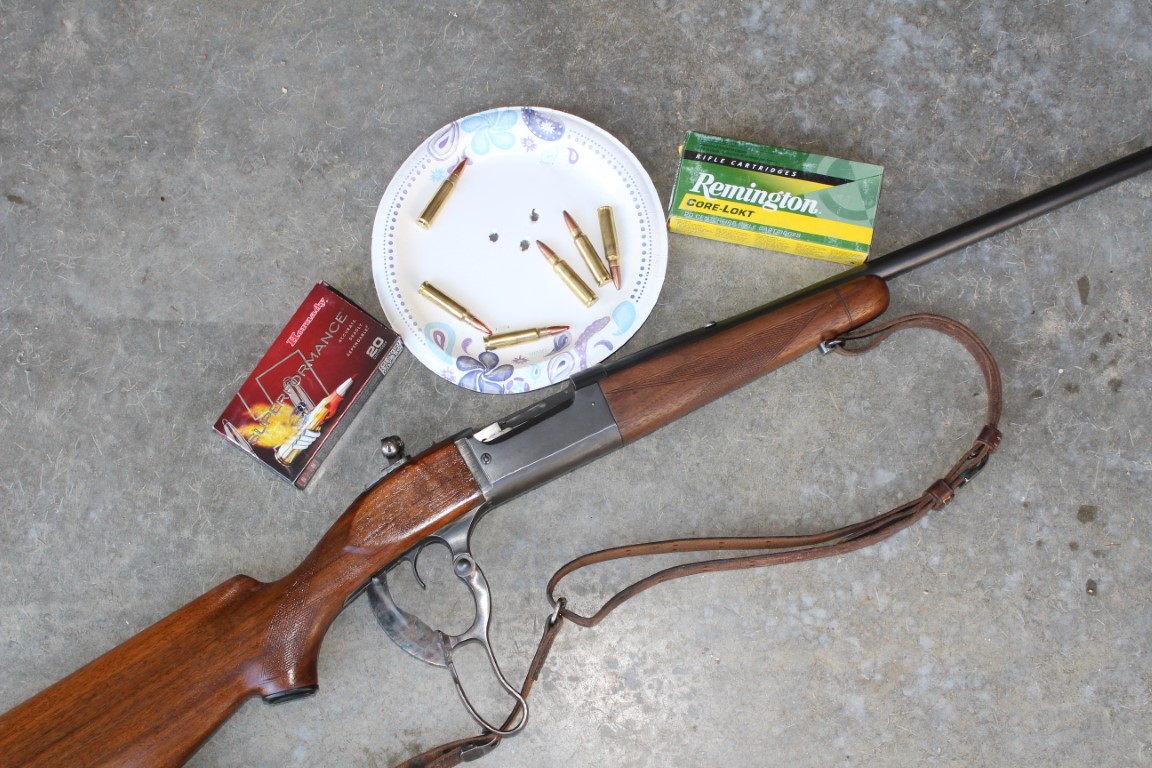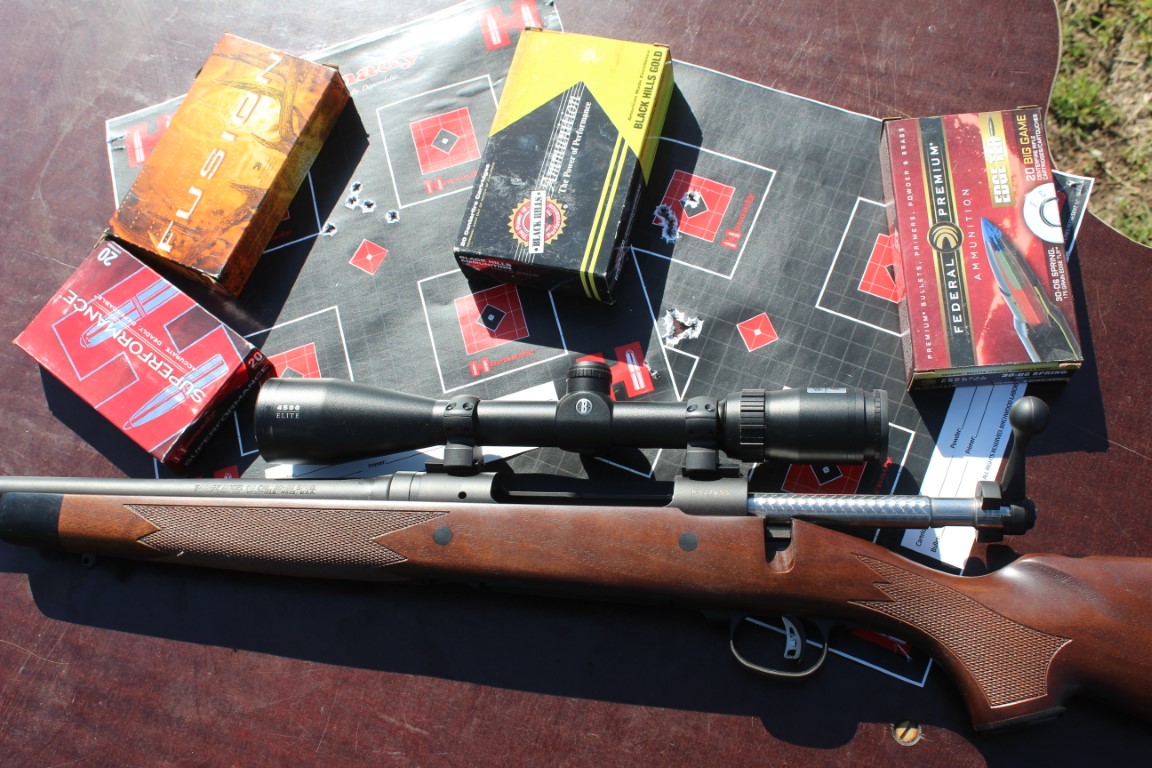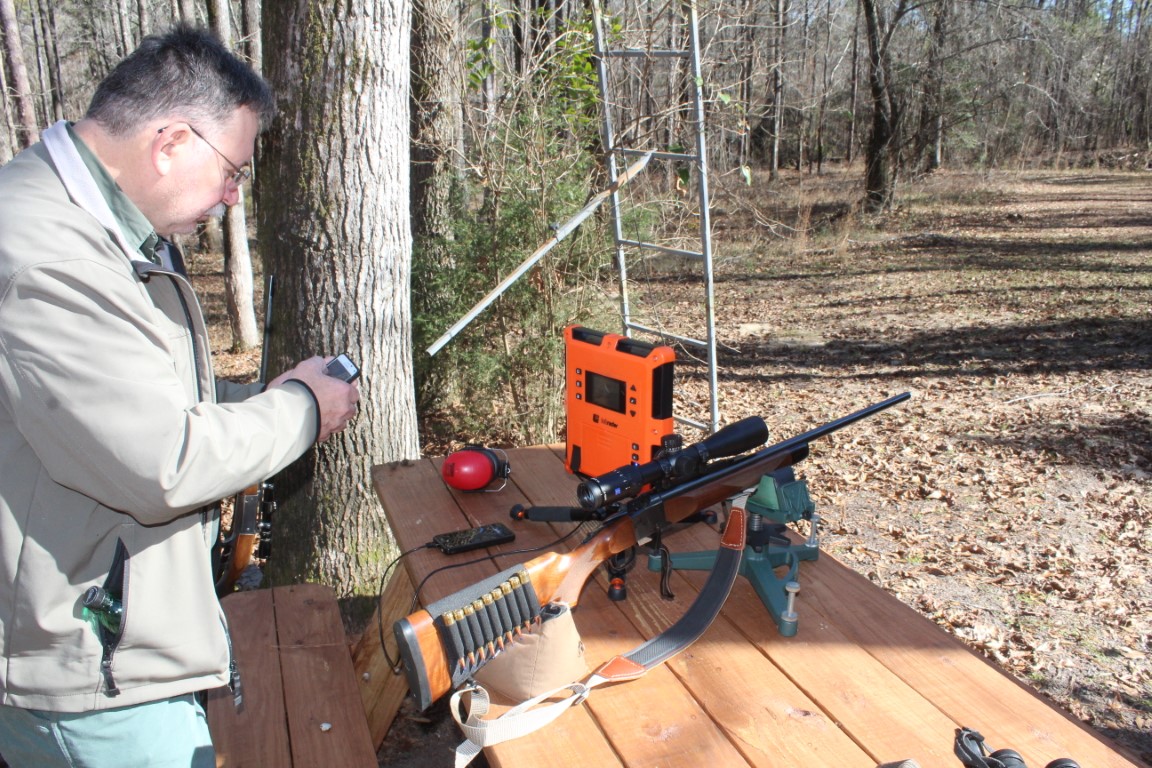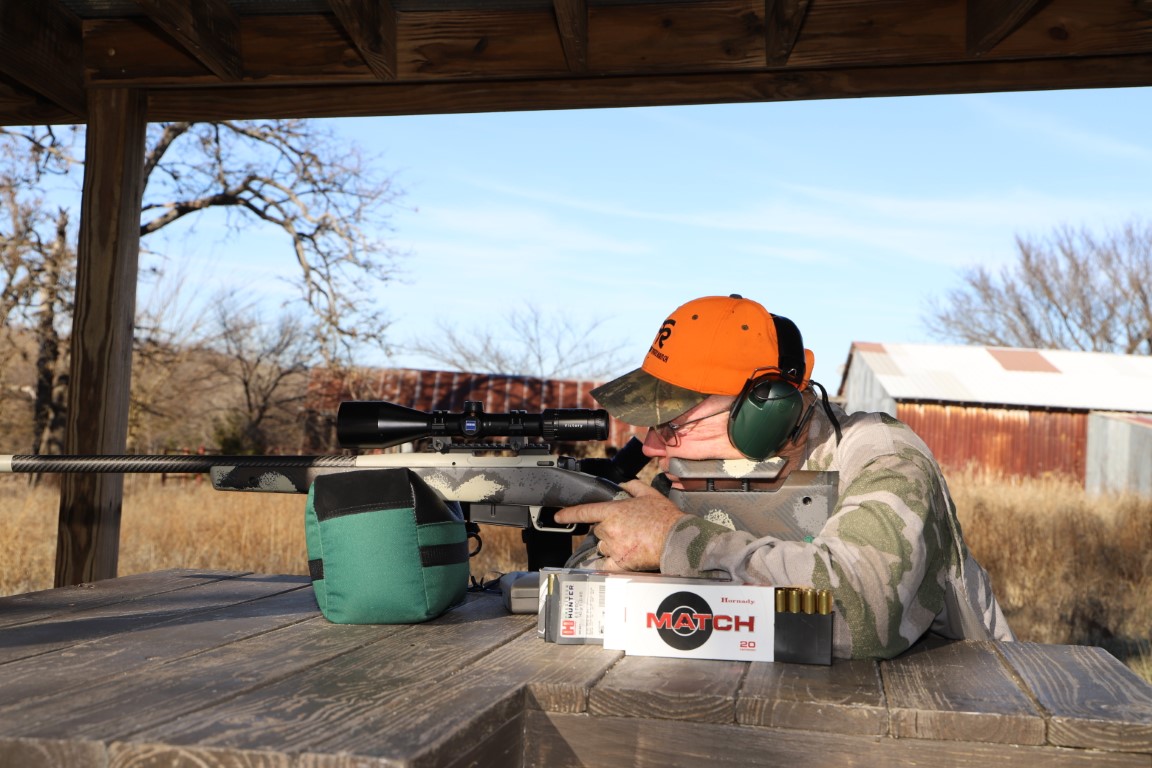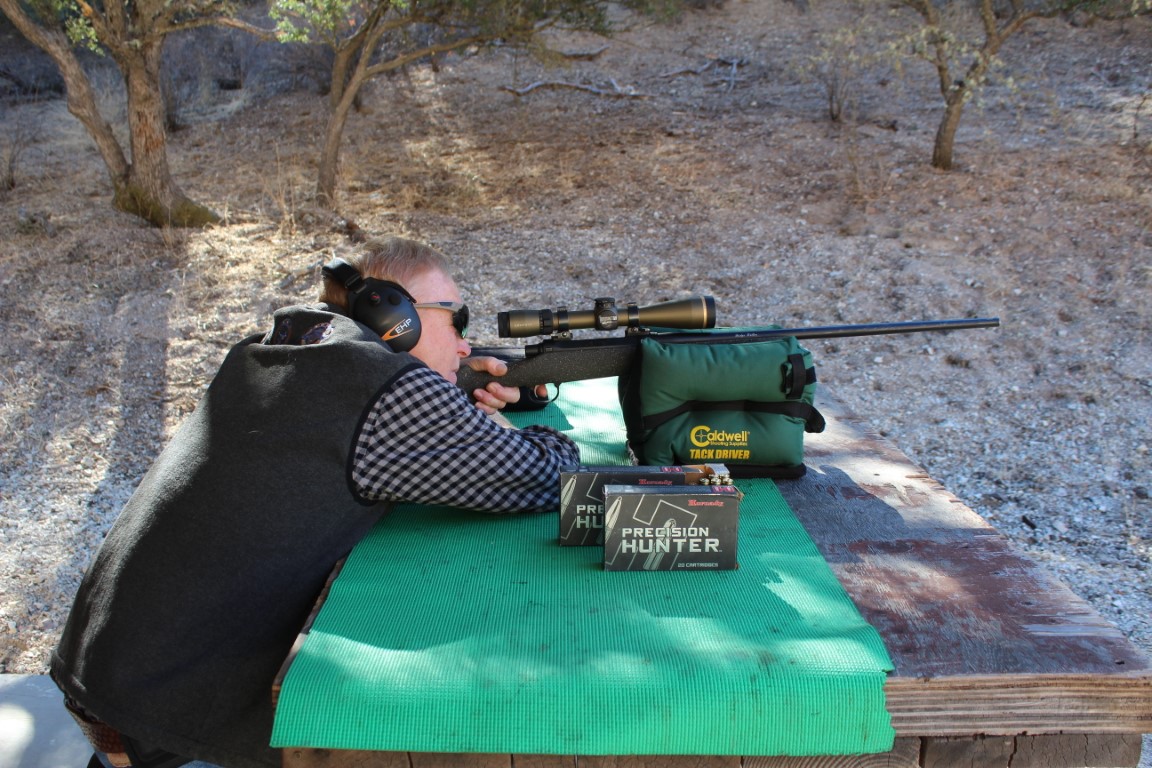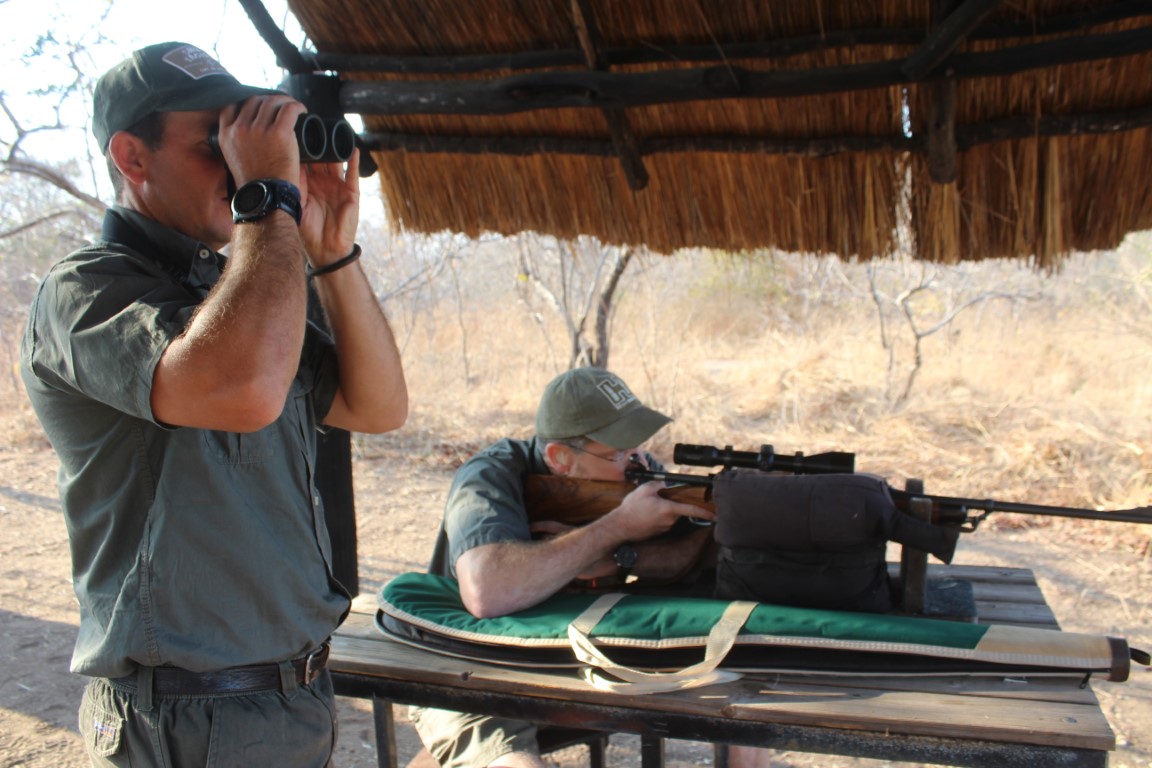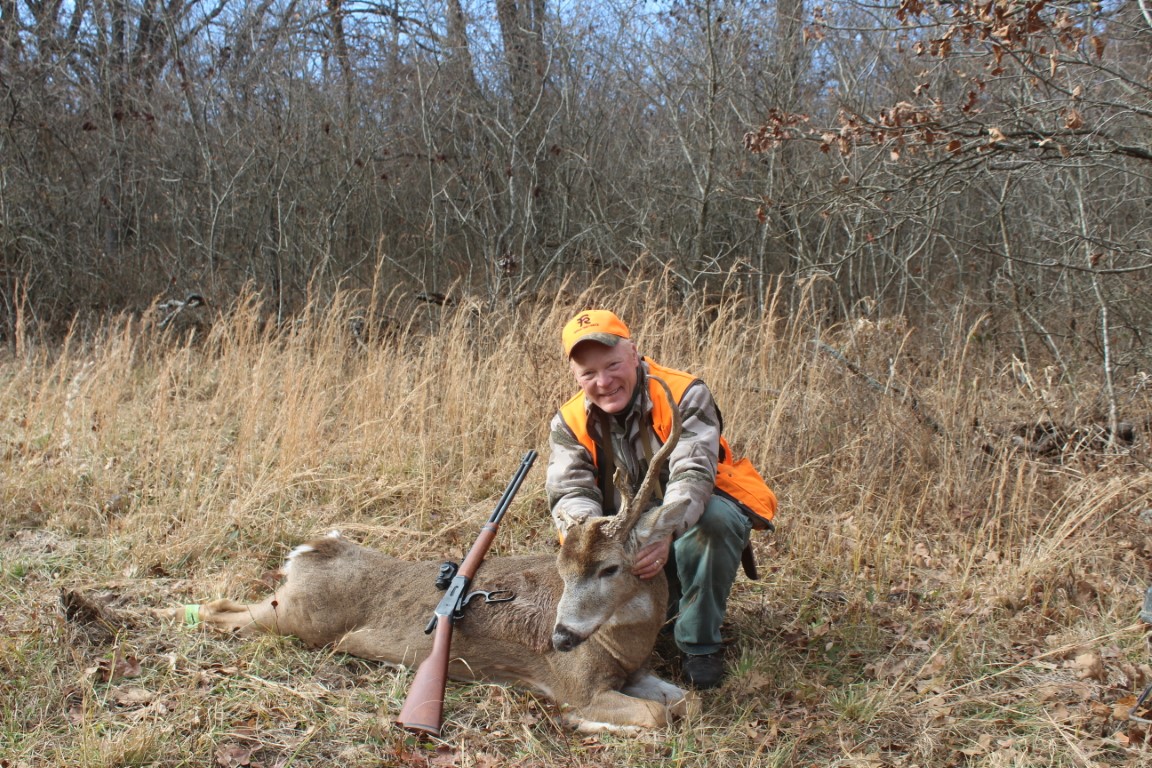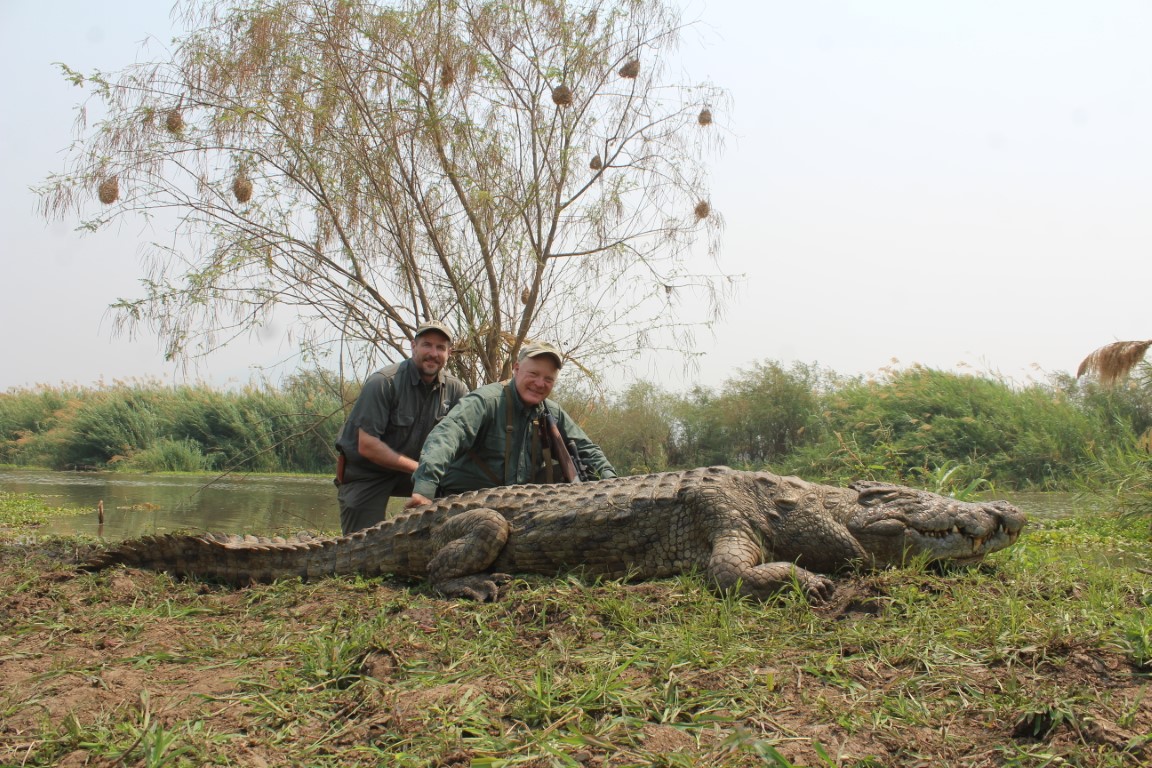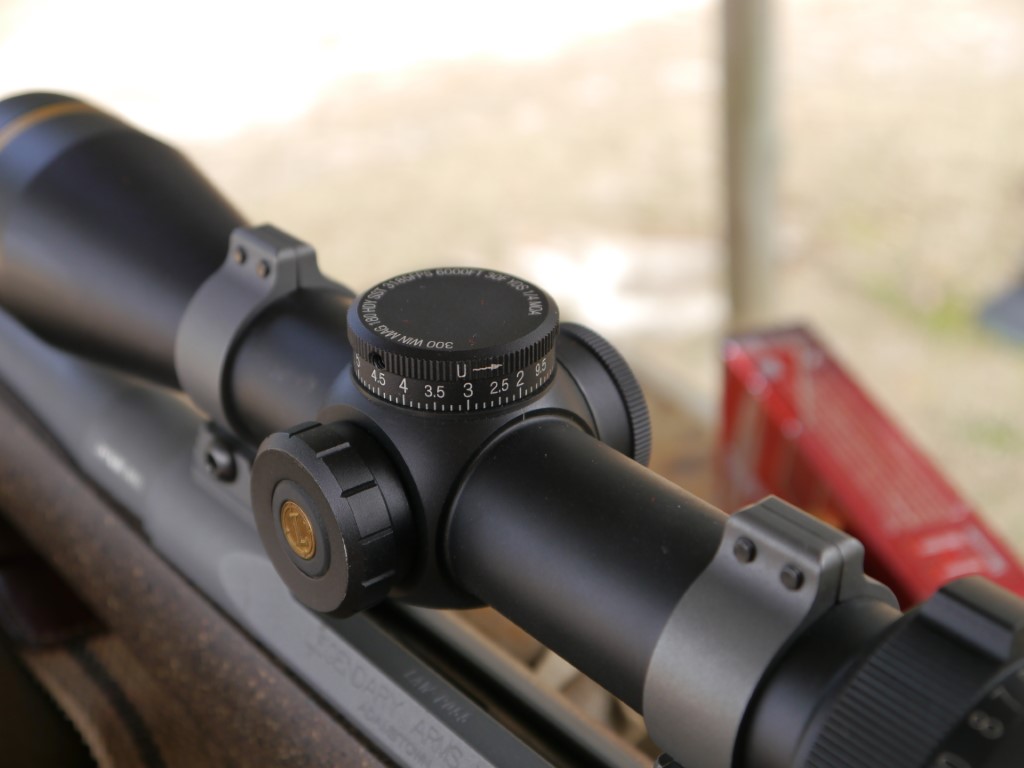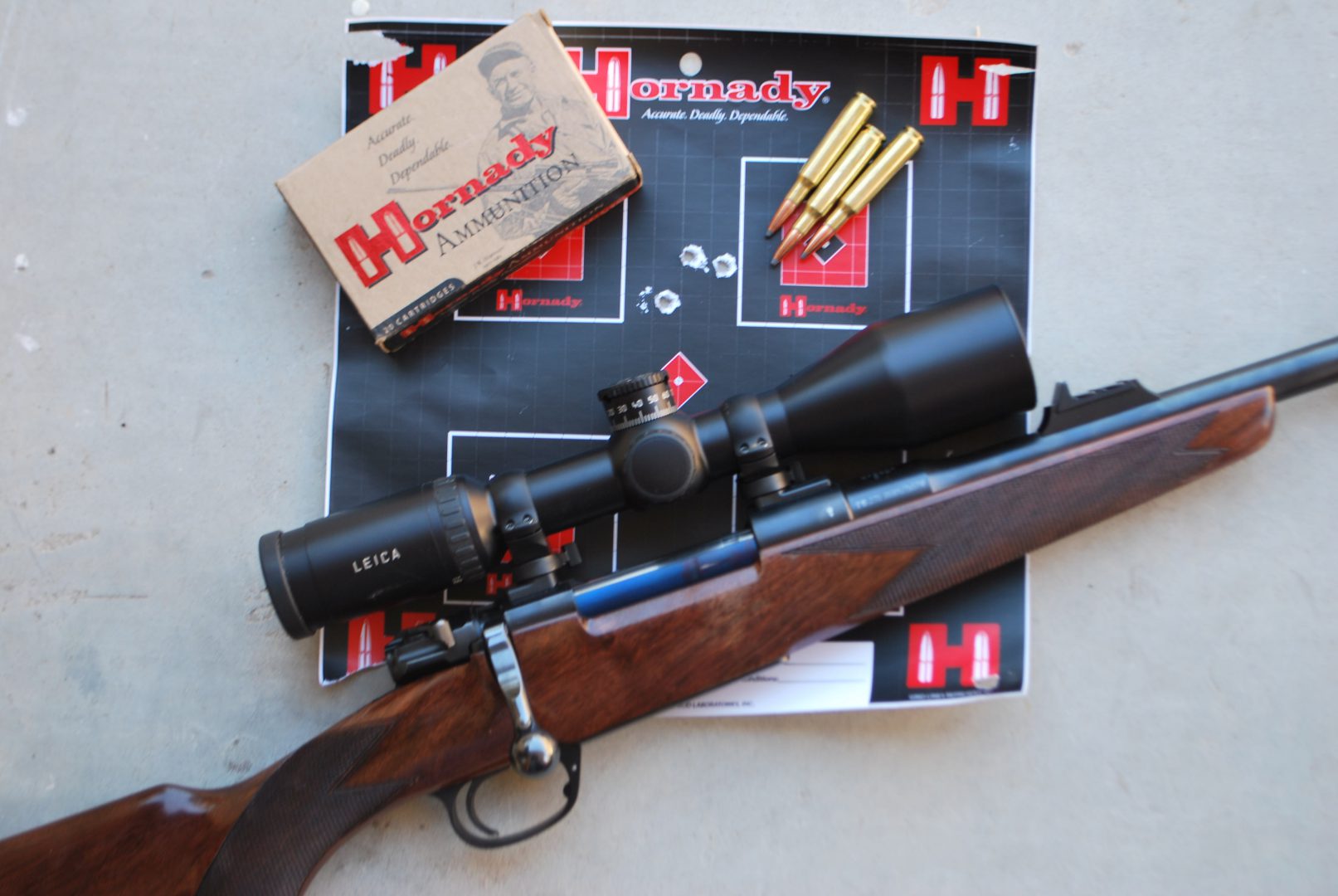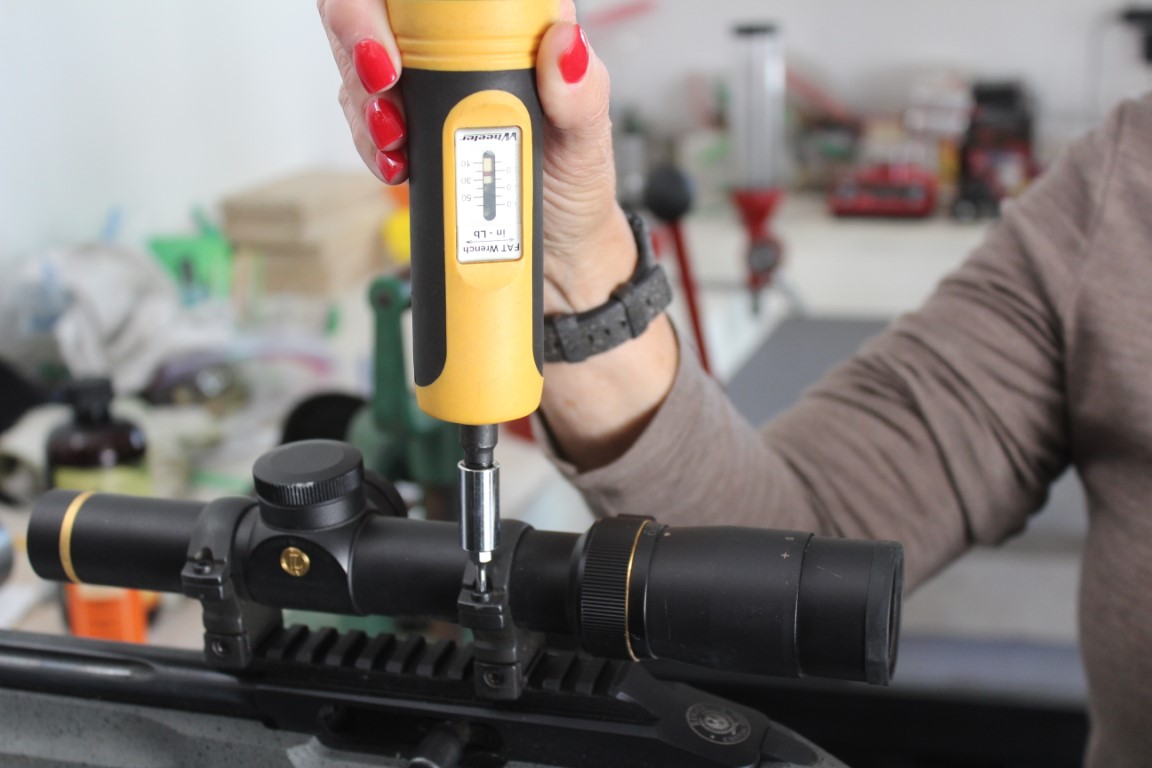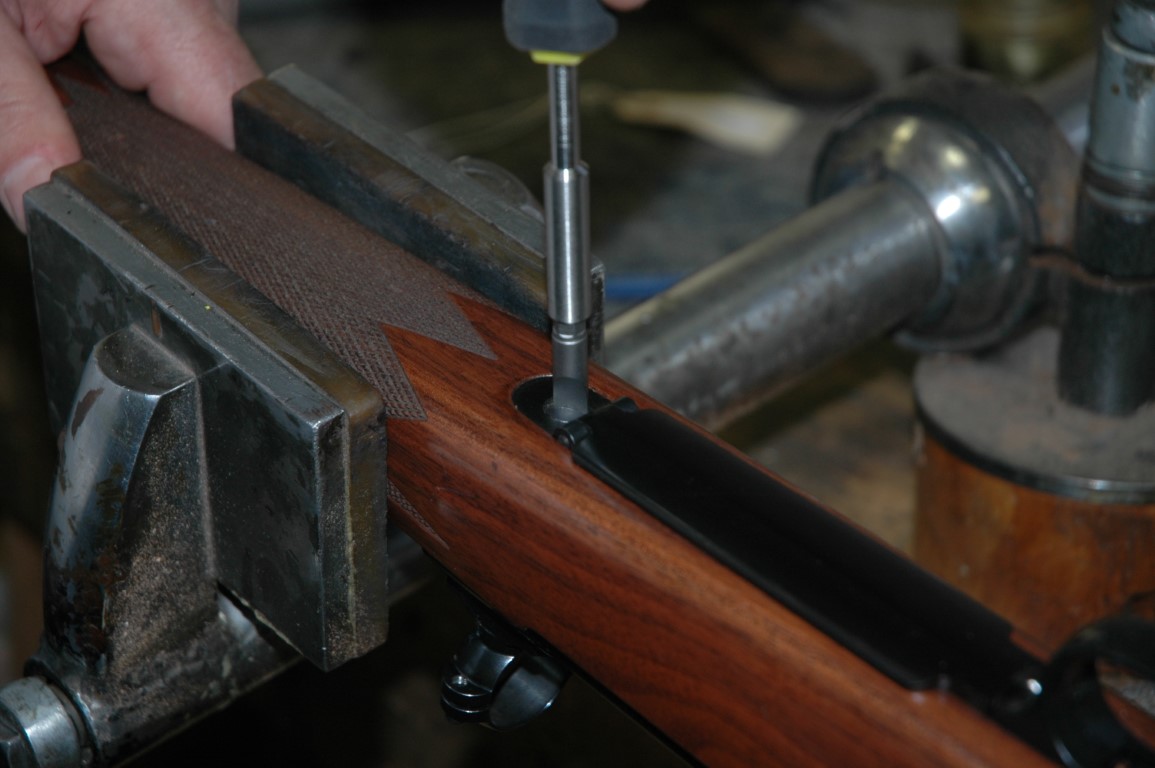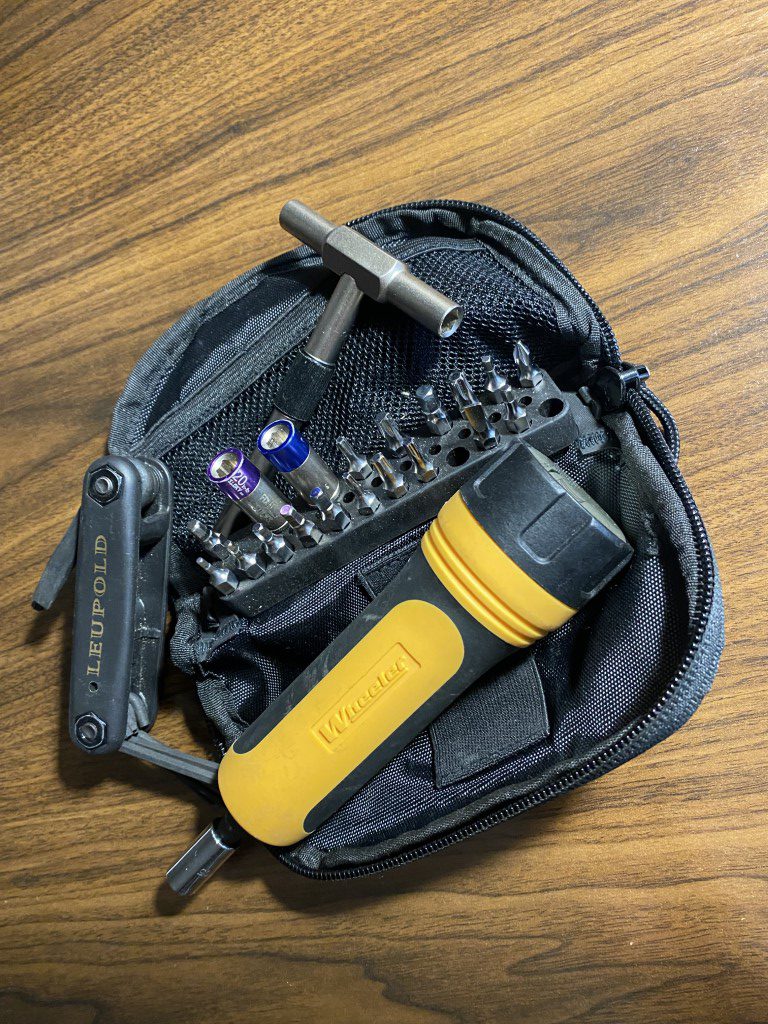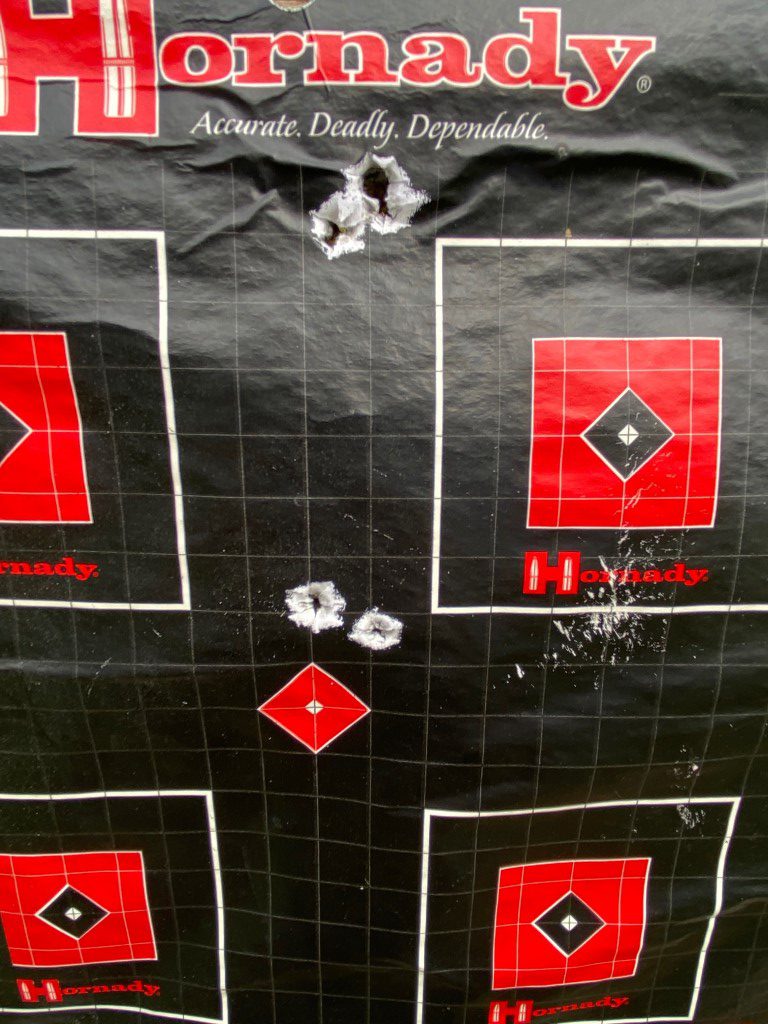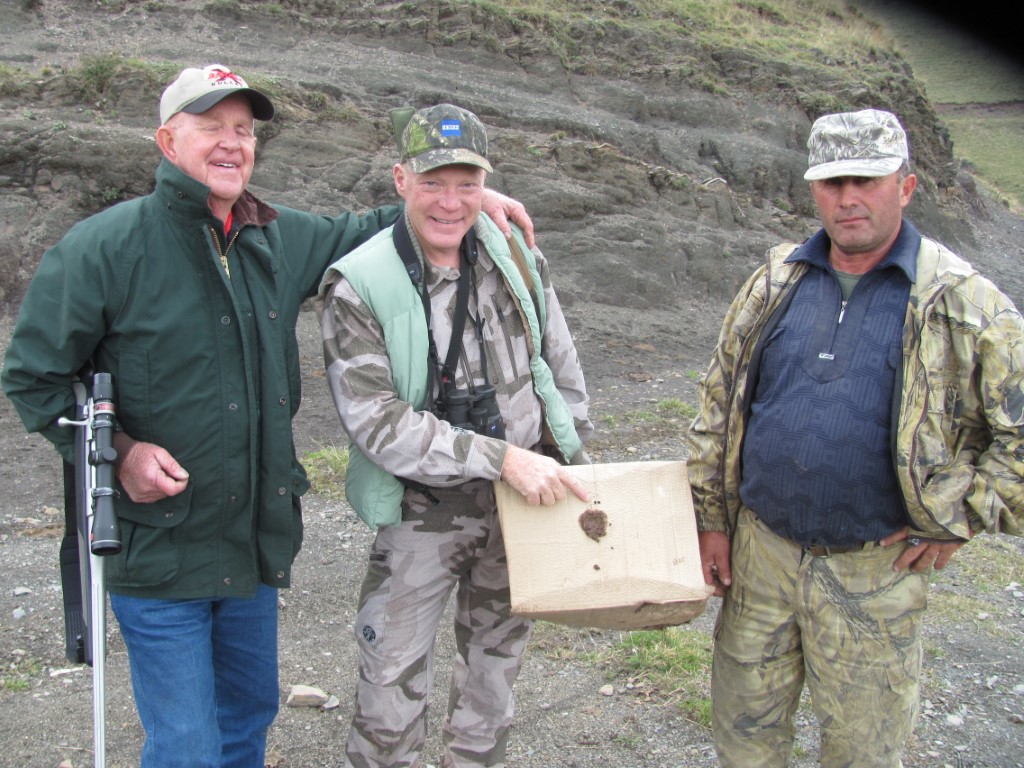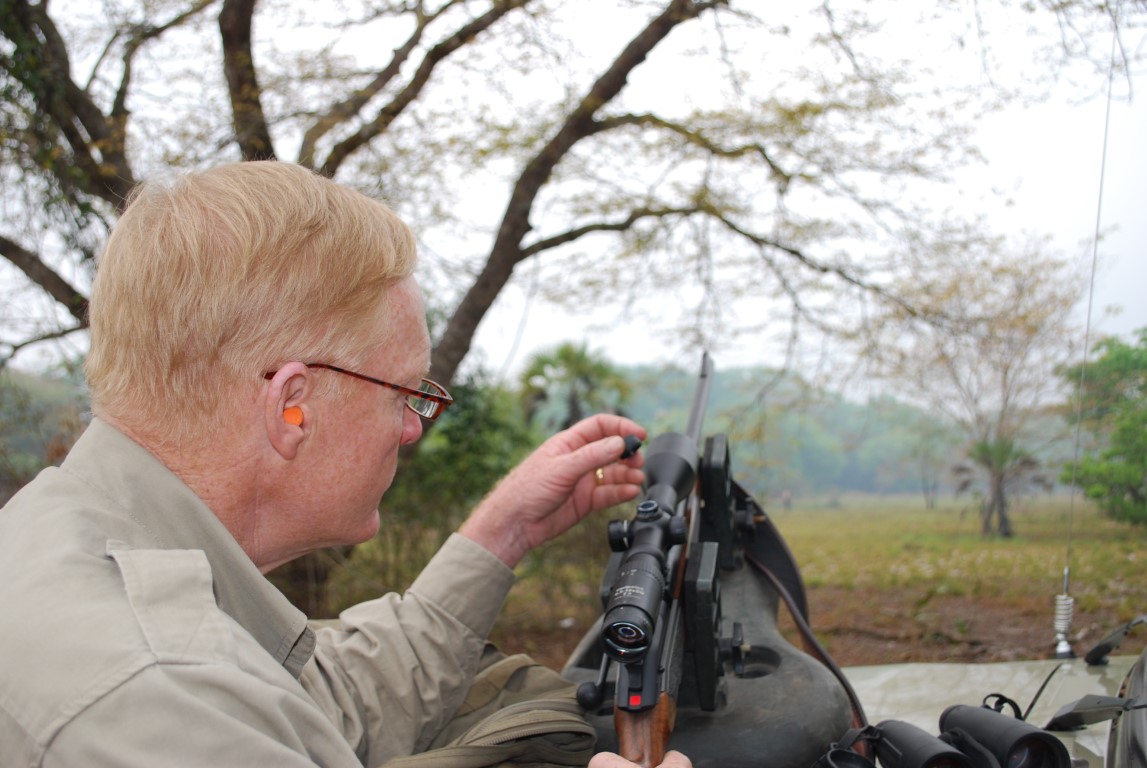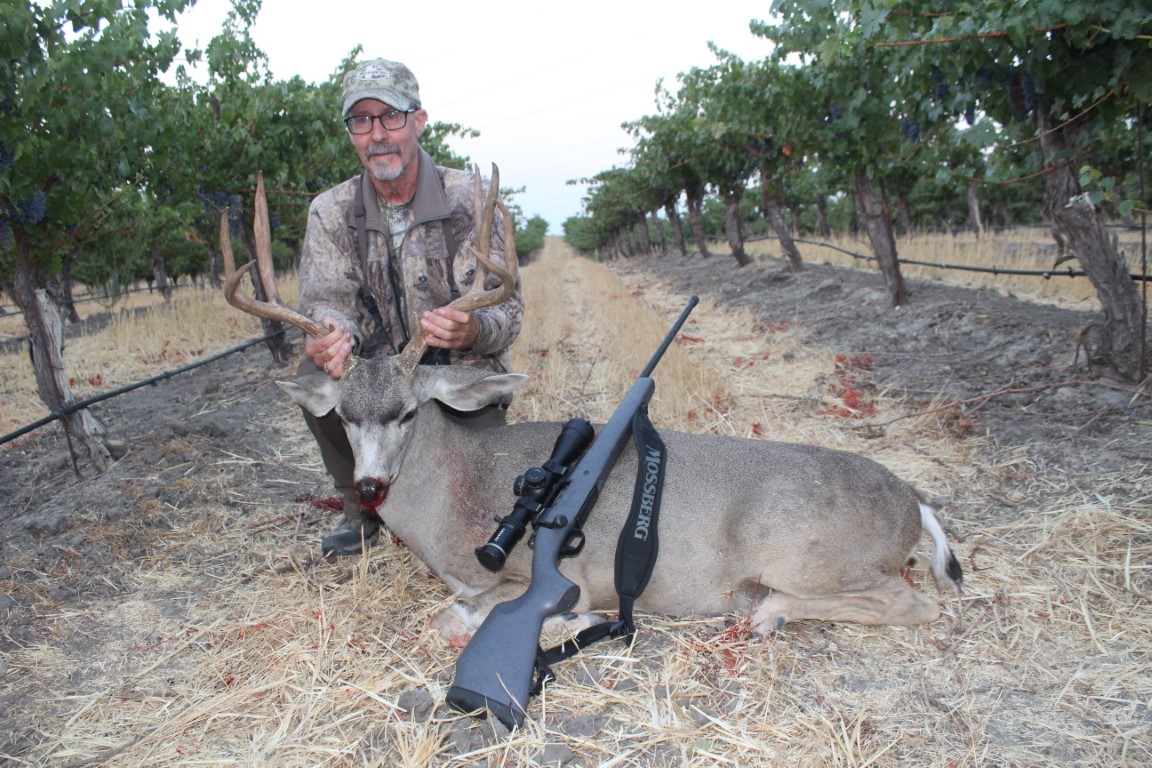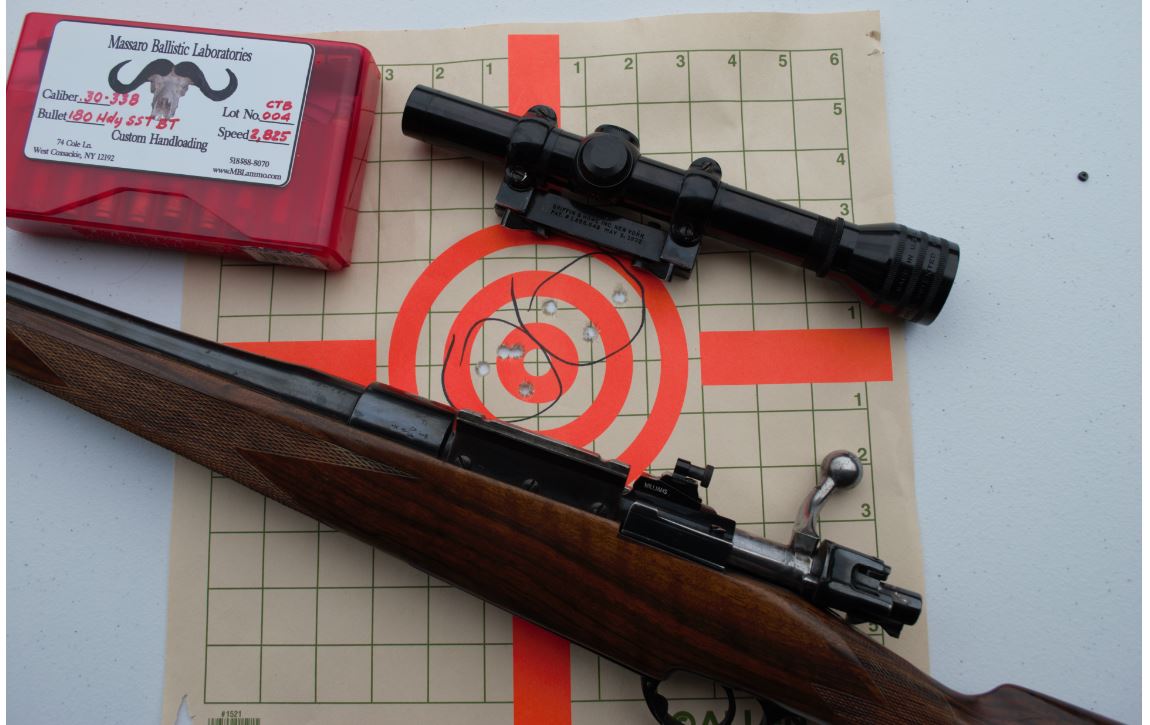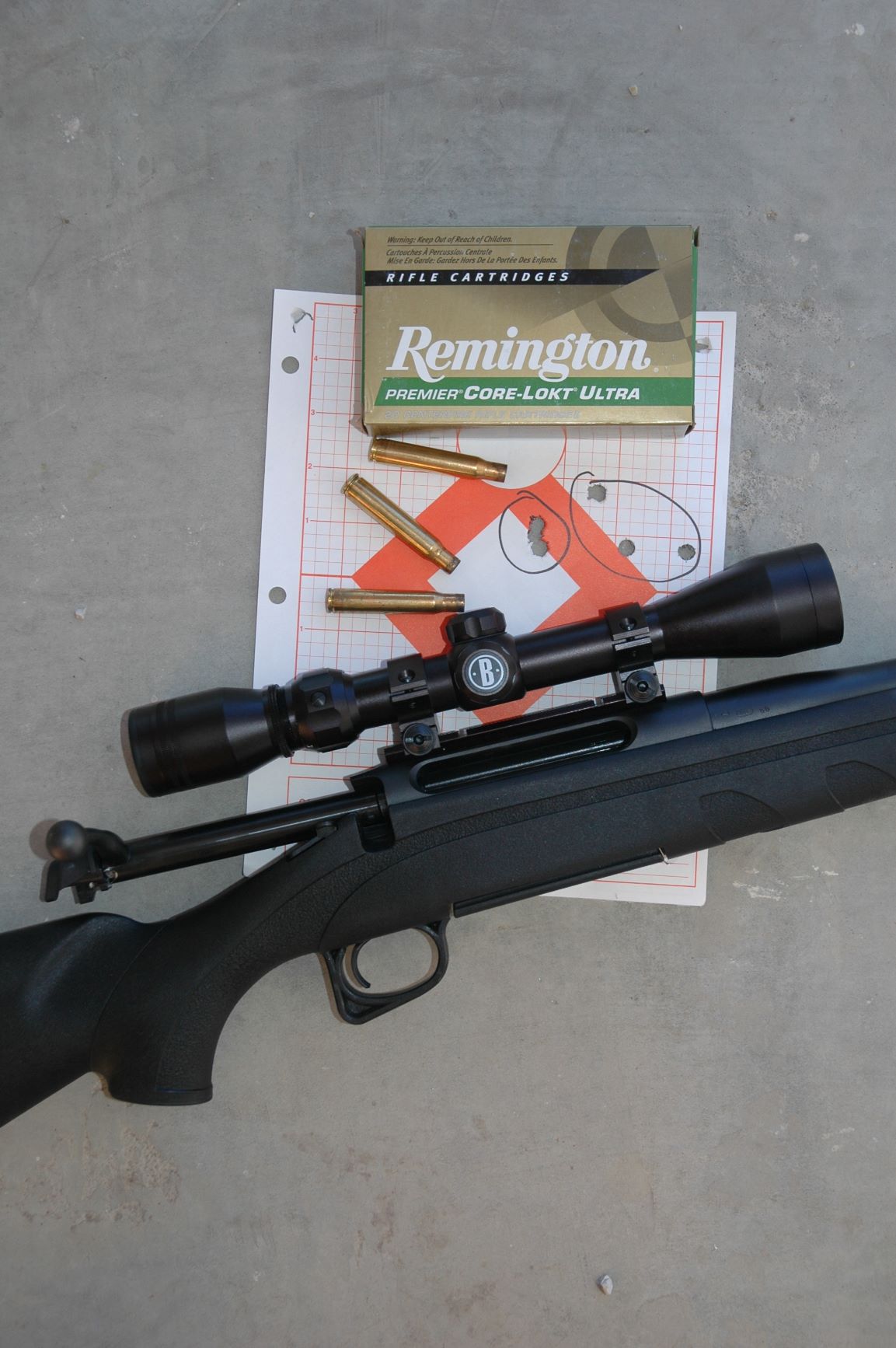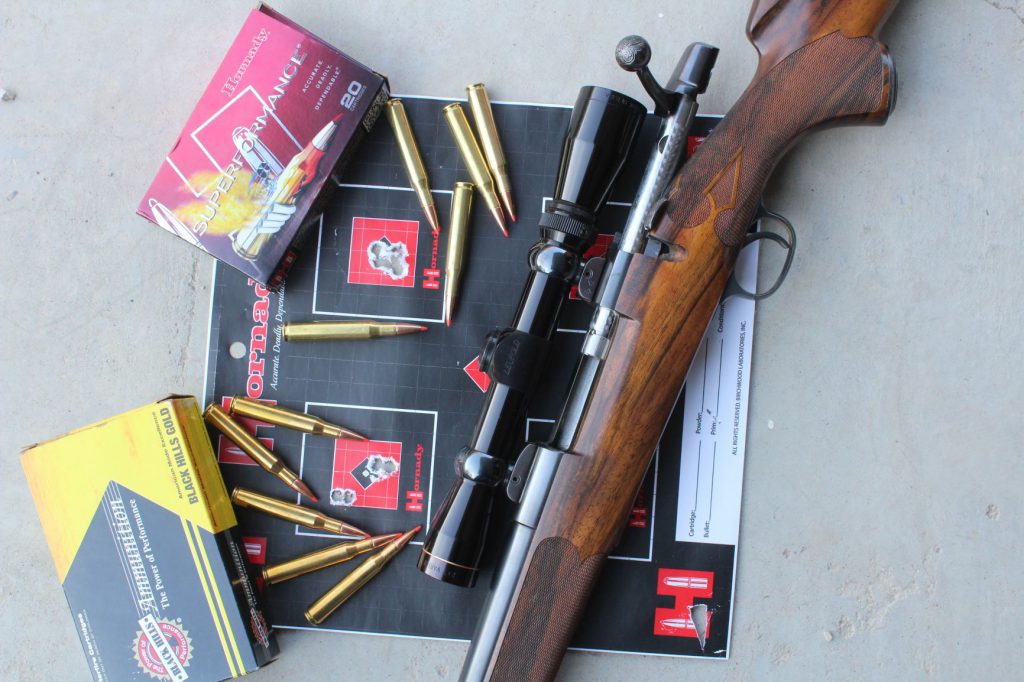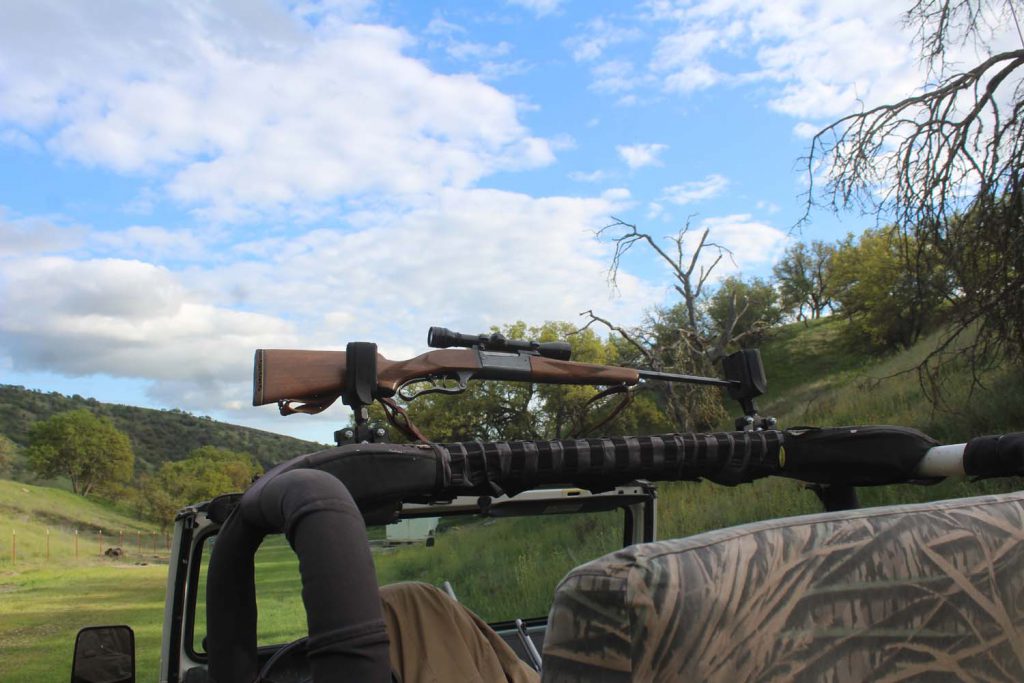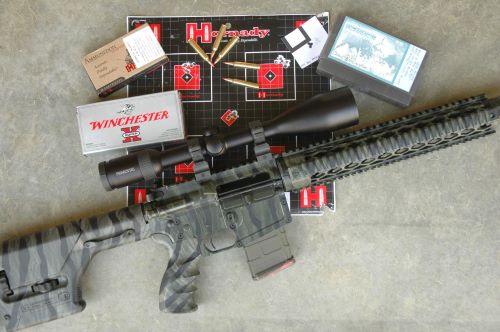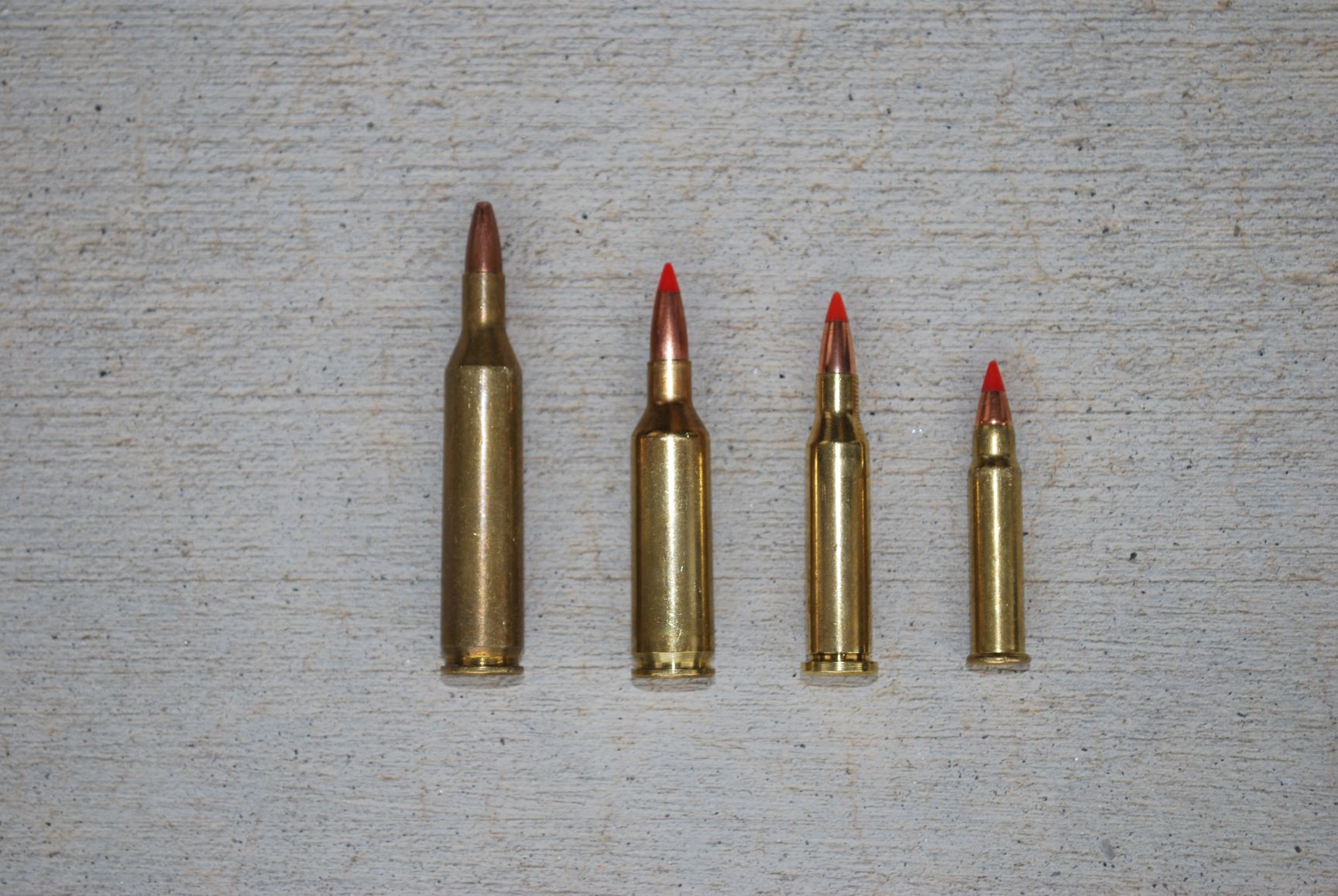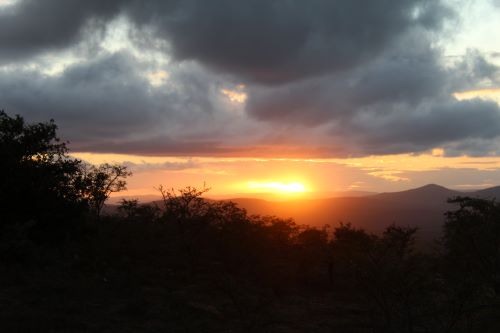SHOULD I BUY THAT GUN?
By
Craig Boddington
Buddy John Stucker sent me a photo of a Christensen rifle, new in the box, carbon-fiber barrel, synthetic stock chambered to 6.5 PRC, price sounded good. He asked, “Should I buy it?”
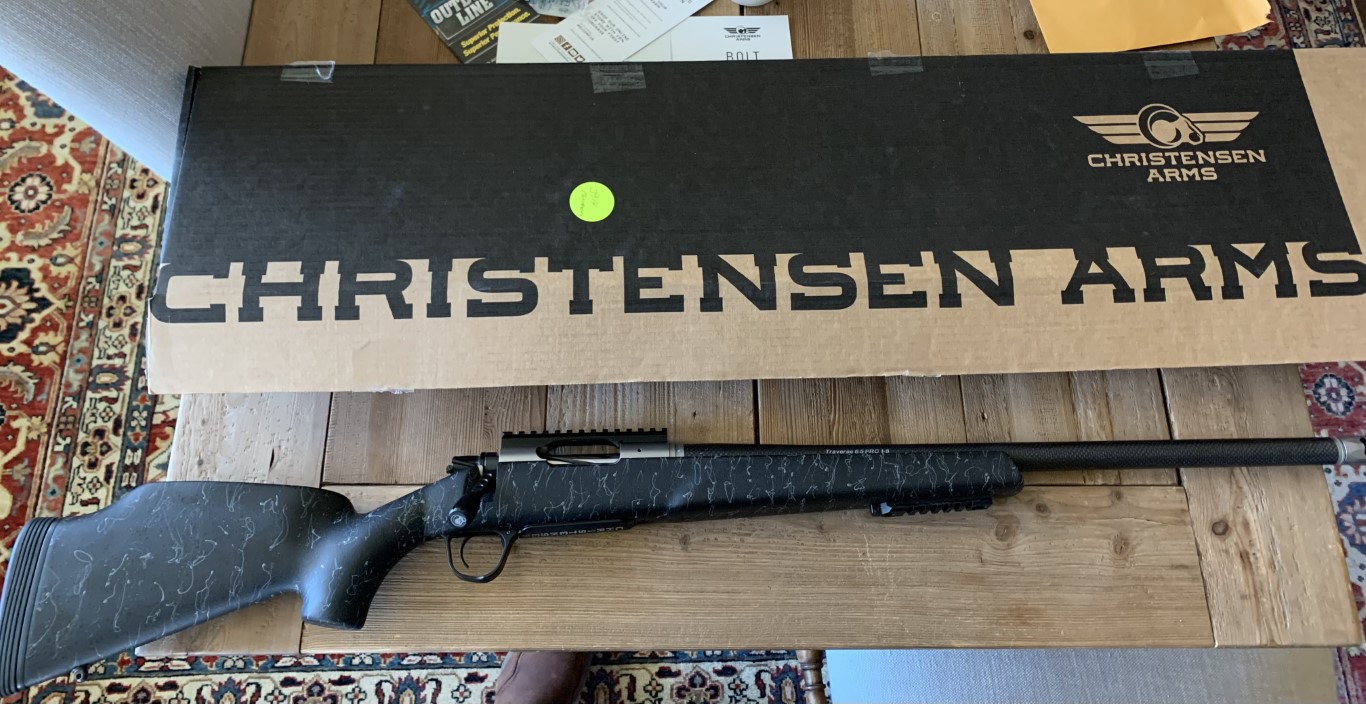
Good Lord, you’re asking me? That’s like asking a fellow alcoholic to share a drink!
When it comes to buying guns, I’m the wrong person to ask! In some cases, my resistance is pretty good; I don’t buy many handguns, only one shotgun lately. Sporting rifles, well, I’m weak…especially with left-hand or ambidextrous actions! However, I have more guns of all types than I need, many that haven’t been out of the gun safe in a while.
We’ve only got so much space in the gun safe(s). That fact bolsters my resolve. I buy, sell, trade…and I’ve gotten ruthless about trimming the herd when safe storage gets crowded. However, I’m not a really smart wheeler-dealer; I’ve overpaid simply because I couldn’t resist!
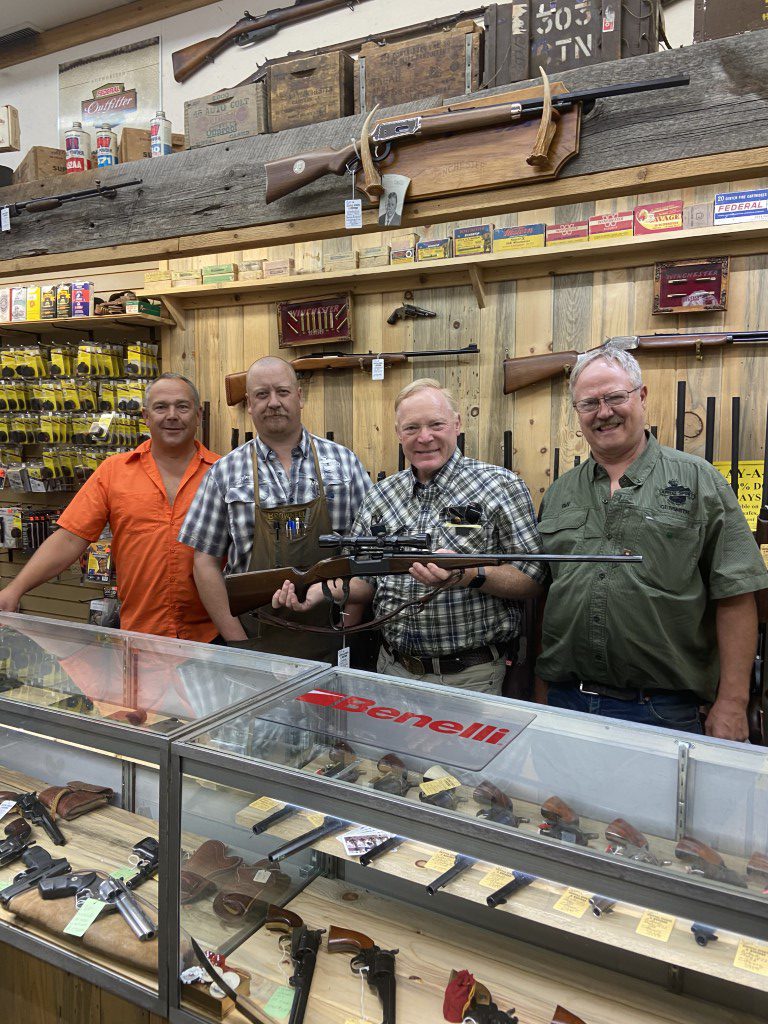
It’s nice to say that “good guns never lose their value.” Probably true over the long haul, but fair value what it is. The bible is Blue Book of Gun Values, now in its 42d edition, an amazing reference! Condition is subject to interpretation, but the Blue Book is the standard reference. A great deal is always suspect. Today, with so many firearms in short supply, overpaying a bit isn’t uncommon (same as vehicles and houses!). Just be sure and ask yourself: Do I want it that bad? Again, I’m the wrong person to ask, but I try to give myself a rational answer to three questions.
DO I REALLY NEED IT?
In my case the answer should always be “no.” But it’s often difficult to separate “need” from “want.” My guns are an eclectic array; I’m not building a collection and I don’t buy expensive collectibles but, heck, the kids are out of college. Not the end of the world if I buy a gun just because I want it, but budgets and needs vary.
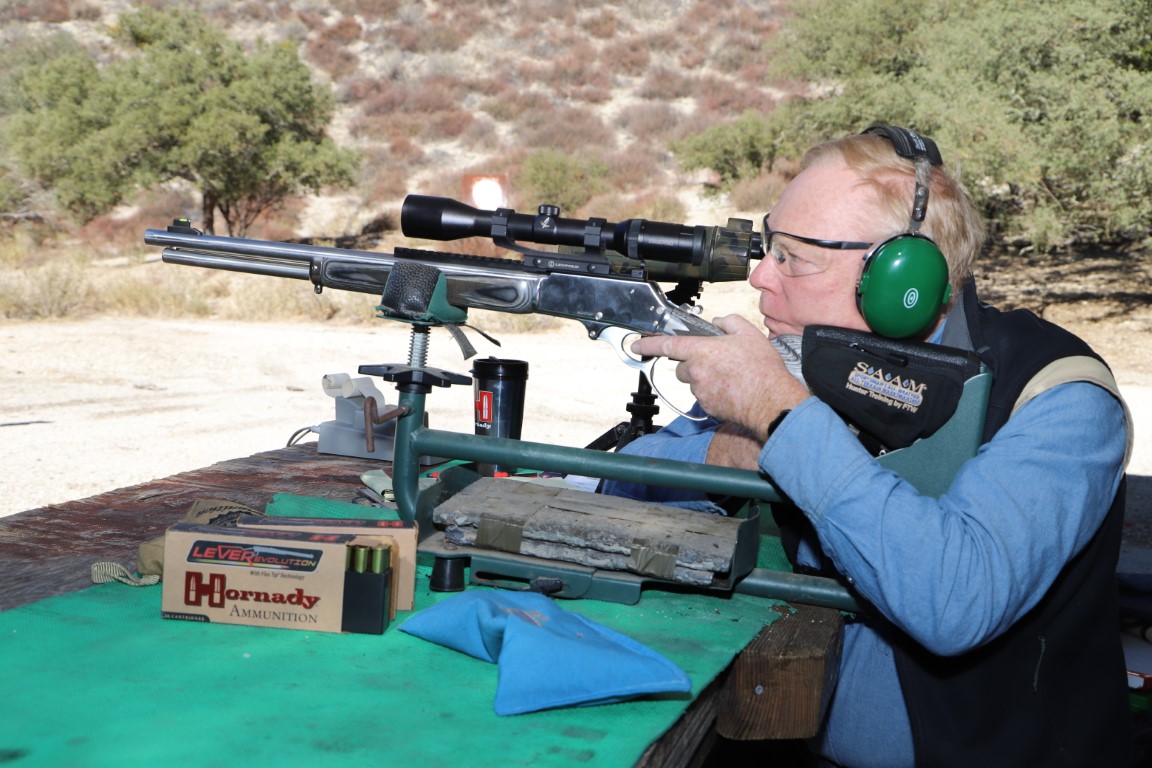
As a gunwriter, test guns come and go. Usually, we can buy them at a decent price…or send them back. Most often, I resist temptation and send them back. But not always. In November, I received one of the first Ruger–Marlins, an 1895 .45-70. Beautifully finished, smooth action. My intent was to do my work and send it back! I have an older Marlin .45-70…and other big lever-actions. No way that I “need” it! Then I shot it, MOA accuracy with five-shot groups. Gotta rationalize: My other 1895 has a long octagonal barrel. This one has a short barrel and Picatinny rail, easier to scope. It isn’t going back!
Needless to say, John Stucker bought that Christensen 6.5 PRC. (Why ask me?) His excuse makes more sense. He doesn’t have a bunch of rifles (yet). His “go to” has long been a Browning A-Bolt .280 Remington, good rifle and cartridge. Wanting a “modern” platform with (perhaps) more range and accuracy, he bought a Christensen .300 Win Mag. On its maiden voyage, it accounted for an aoudad ram at 450 yards. He was sold!
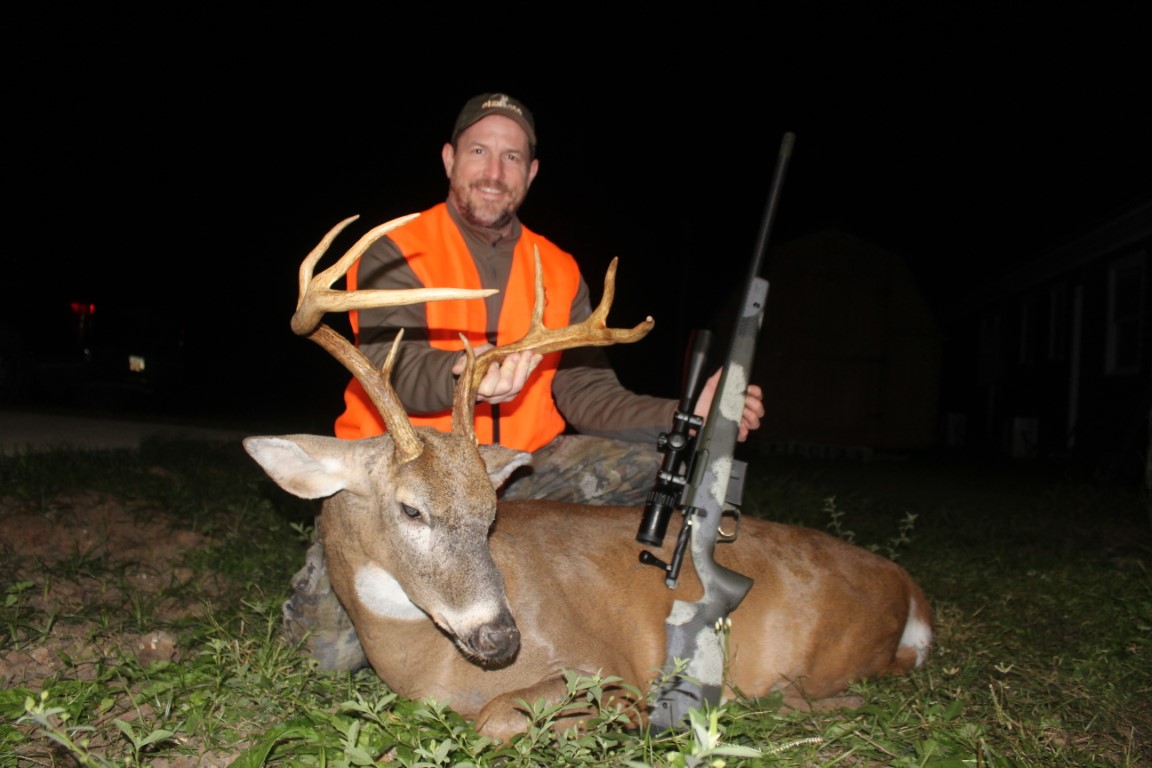
In 2020, I used the new Springfield Waypoint in 6.5 PRC and liked it. That one needed to be sent back, but I bought another, also in 6.5 PRC. In ’21, Stucker used that rifle on a Georgia whitetail hunt. He liked the light recoil, and the way the 6.5 PRC dropped a big buck in its tracks. Months later, he chanced on a Christensen in that chambering. Will it do anything his .280 can’t do? Probably not, and its only advantage over his .300 is less recoil. He didn’t really “need” it, but it’s a modern platform in a modern cartridge. I admit he “needed” it more than I “needed” the Springfield 6.5 PRC. I have a half-dozen rifles that will do everything it can do! The only rationalization I can offer: I don’t like to be left too far behind by new developments! It’s a thoroughly modern platform—and I like the new 6.5 PRC!
If you’re a new gun buyer, or shopping for specialized capability you don’t have (like an elk rifle or turkey gun), it’s easier to come up with genuine need. The millions of new gun owners who have joined us in the last few years have different needs. Many probably started with a firearm for home defense, but after a while learn shooting is fun. Some decide to try their hand at clay targets or join a friend on a deer hunt. These folks have genuine needs for firearms that guys like me satisfied decades ago. There’s a lot of hype out there and, for any imaginable purpose, dozens of firearms that suit the need. Talk to experienced shooters, and try to get a consensus on the type of gun you should look for…to suit your need. Don’t call somebody like me and ask, “Should I buy this gun?”
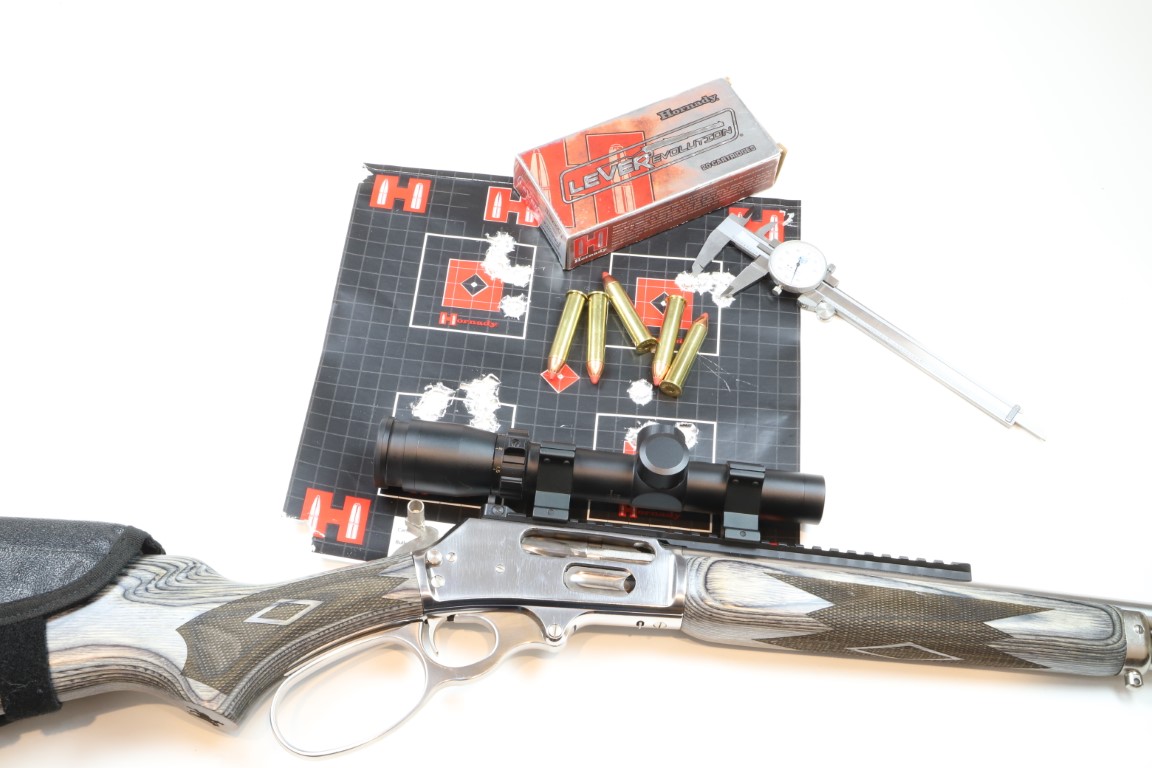
HOW AM I GONNA FEED IT?
This is a new concern! The big box stores rarely carry large variety, but well-stocked gunshops had, almost anything. It’s different today. Shortages and backorders are real, there aren’t as many Mom and Pop gunshops as there used to be, and shelves are shockingly bare. I am not a conspiracy theorist; I believe this is because of those millions of new gun owners…and old-timers like me purchasing more than we need. The manufacturers are churning out ammo as fast as they can, but the demand is unprecedented and unanticipated. As a sensible business decision, they are focused on the top-selling cartridges.
It’s better than it was six months ago; takes more looking, and prices are up, but you can get the more popular cartridges. Some of the arcane stuff I shoot, good luck! Ammo availability must influence buying decisions! I saw a nice1898 .30-40 Krag at a gunshop recently. Didn’t need it, but the price was great and I wanted it. No ammo, no loading dies. I didn’t buy it, mostly because I saw ammo headaches.
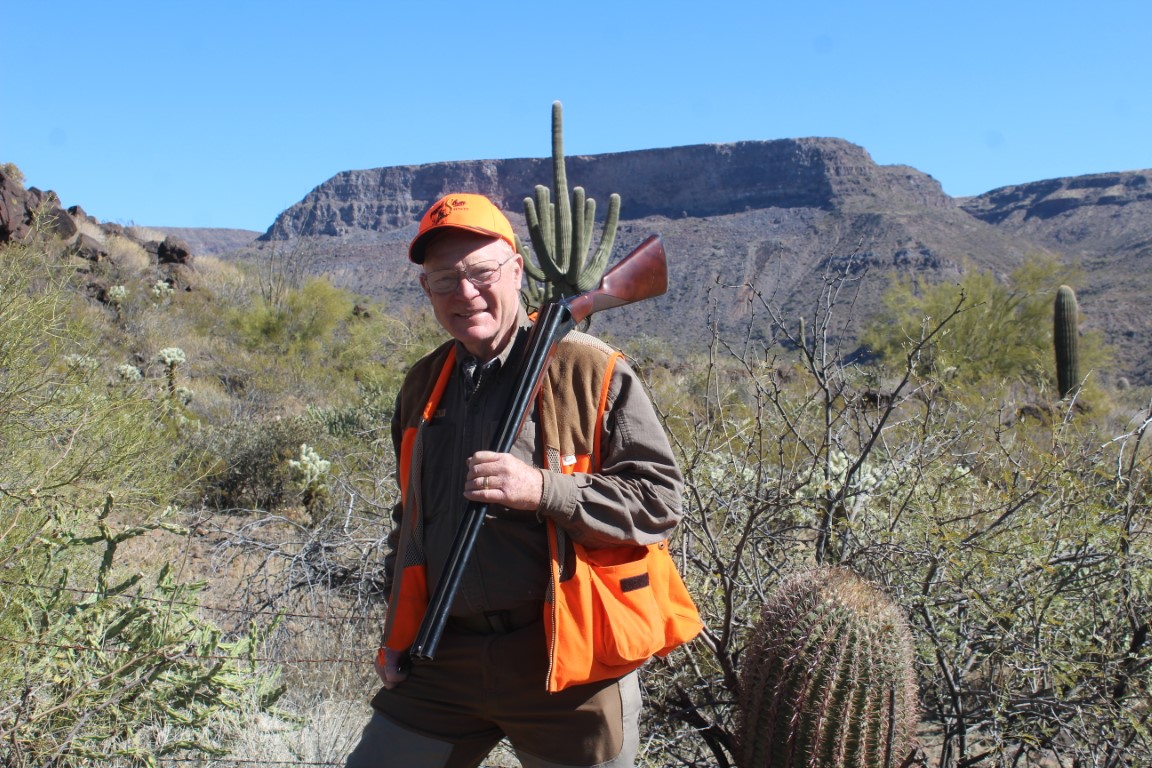
Yesterday, same shop had a well-worn Savage 99 in .300 Savage, the hang-tag announcing “with three boxes ammo!” Dealers never used to care about ammo, didn’t want to mess with it when I sent a gun “down the road.” Today, a used gun in an older or obscure cartridge may be nearly useless. I handload, so that’s a partial solution, but you still must find dies, cases, and appropriate projectiles. I gave that Savage 99 a quick glance, and moved on. I have a Savage 99 in .300 Savage, with dies, cases, and ammo. Plan to keep it for a while!
In addition to popular numbers, ammo companies are also running new cartridges. Not fair, but also sensible business: New cartridges don’t have a chance if ammo isn’t available! So, although prices are too high, John will find 6.5 PRC ammo, and I’m seeing 6.8 Western and .300 PRC ammo around. For sure, there’s plenty of 6.5 Creedmoor ammo out there. I have one, in part because it’s so popular as to be inescapable! After initial shortages, there’s quite a bit of .223, .308, and .30-06 ammo. Likewise, 9mm, .38 Special, and .45 ACP…and both 12 and 20 gauge. But if you need ammo for unpopular numbers, you need to think about it. Maybe with an eye toward: How much ammo do I really need…and where can I get it?
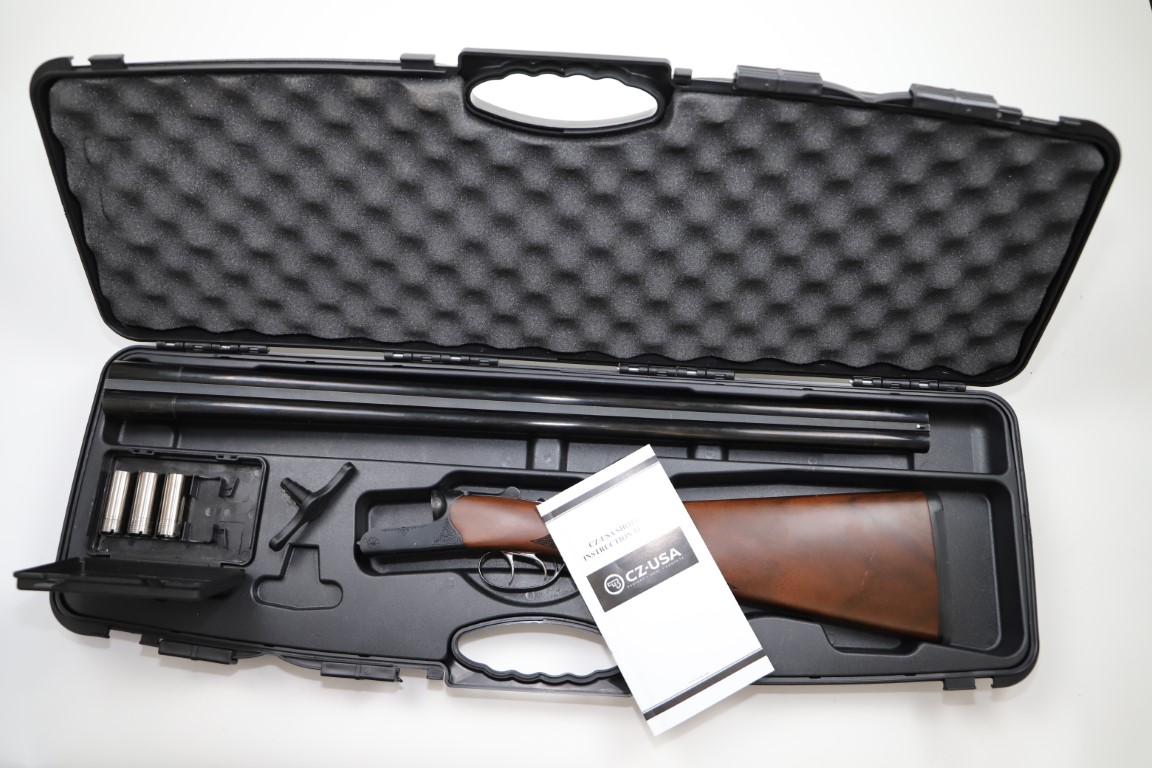
WHAT AM I GONNA DO WITH IT?
This is slightly different from need. Will you shoot it a lot? If so, better think even harder about ammo. I have a Uberti Courteney Stalking Rifle test gun on hand. Chambered to .303 British, it’s a cool rifle, just love it. I have dies and adequate cases, but it’s oddball .312-inch bullets are scarce, and I can’t find fresh factory ammo at all. I want to buy this one, purely because I like it, but I gotta think about how to feed it!
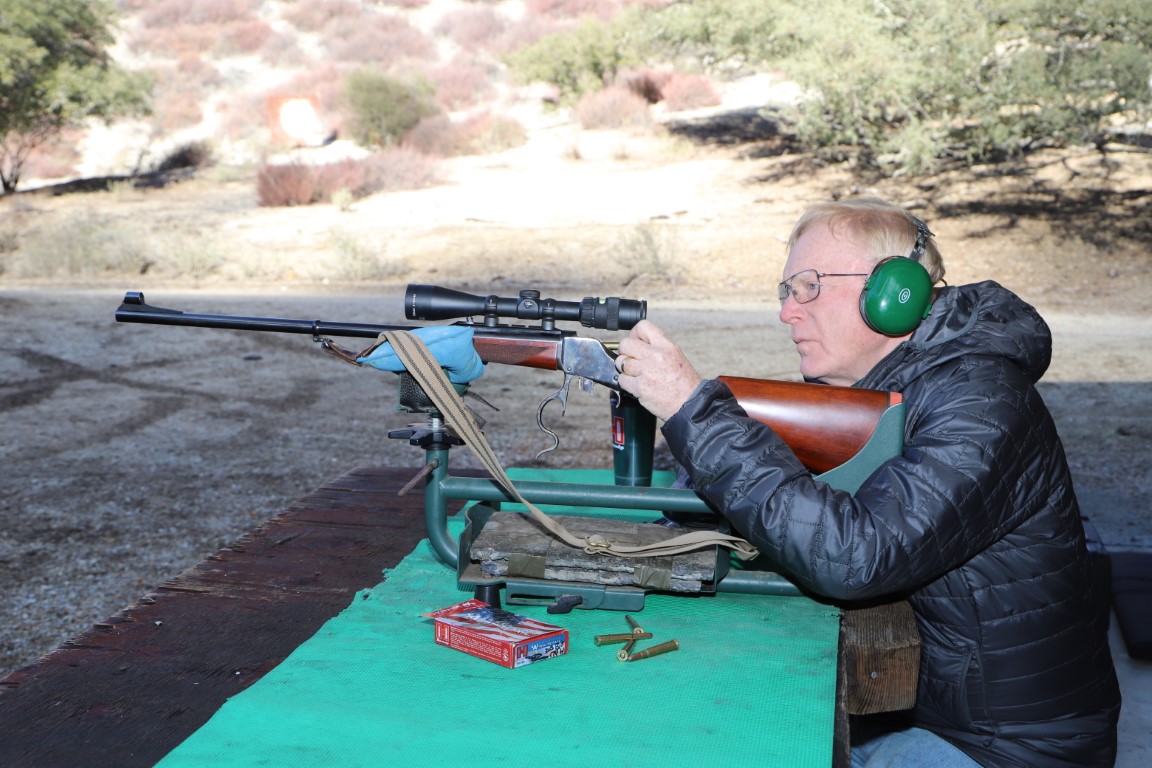
Maybe you don’t want to shoot a certain gun at all, just squirrel it away for the grand-kids. Ammo resupply won’t be your problem, but try to stash a few boxes…and don’t shoot them up! I often pass up nice guns in obscure, obsolete, or wildcat cartridges. Almost all ammo problems can be solved, but lack of ammo magnifies expense and hassle. Provided even a few cartridges go with the gun, loading dies can be had or made…and any handloader can load it.
Beyond low impulse control, my left-handed affliction is a problem. I have a terrible time turning down left-handed or ambidextrous guns. I have too many left-hand bolt-actions, lever-actions, single-shots, and break-open guns…with redundant capabilities. That one recent shotgun: Last year I bought a CZ Bobwhite side-by-side 20 gauge with left-hand cast to the stock. Great little shotgun, great price! I didn’t need it, but how could I not? That’s the problem with being a lifelong gun guy…sometimes I don’t even try to come up with a reason!

